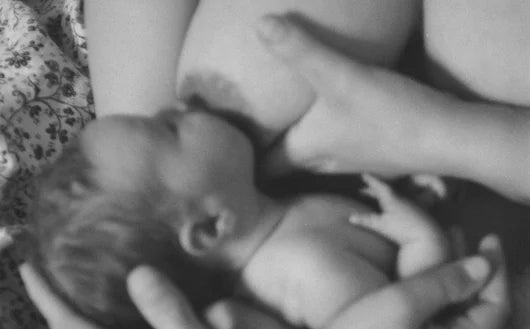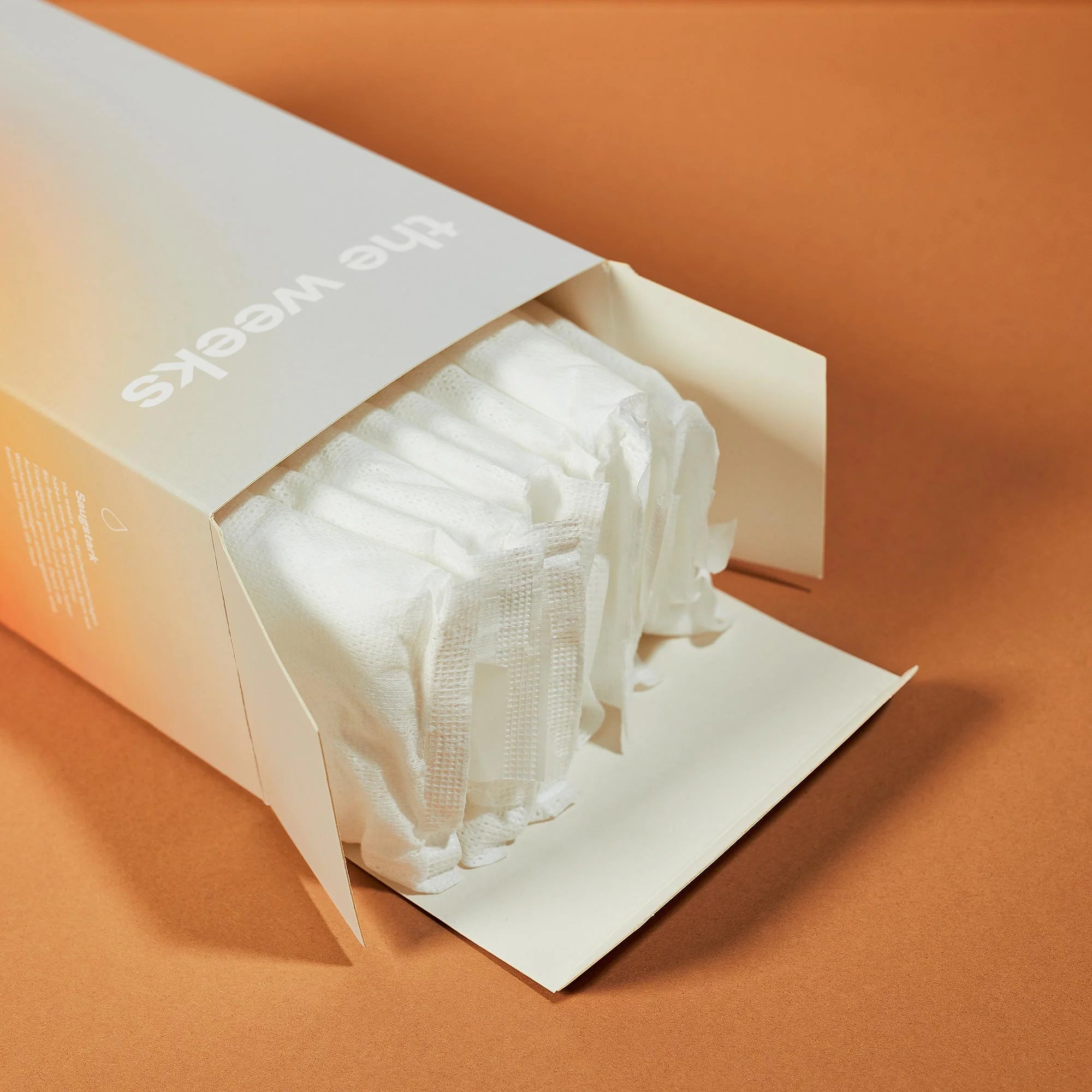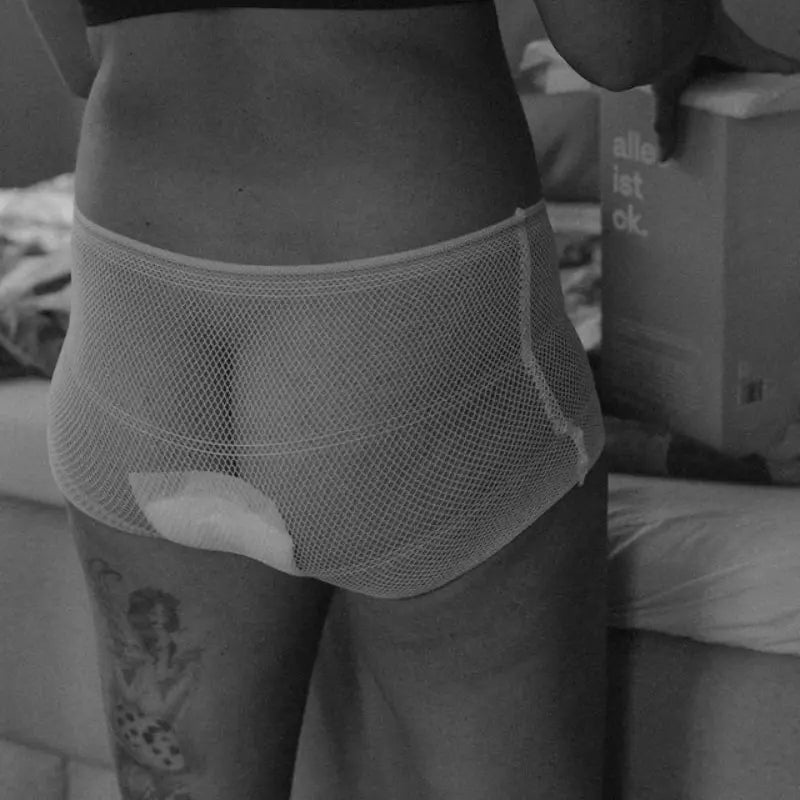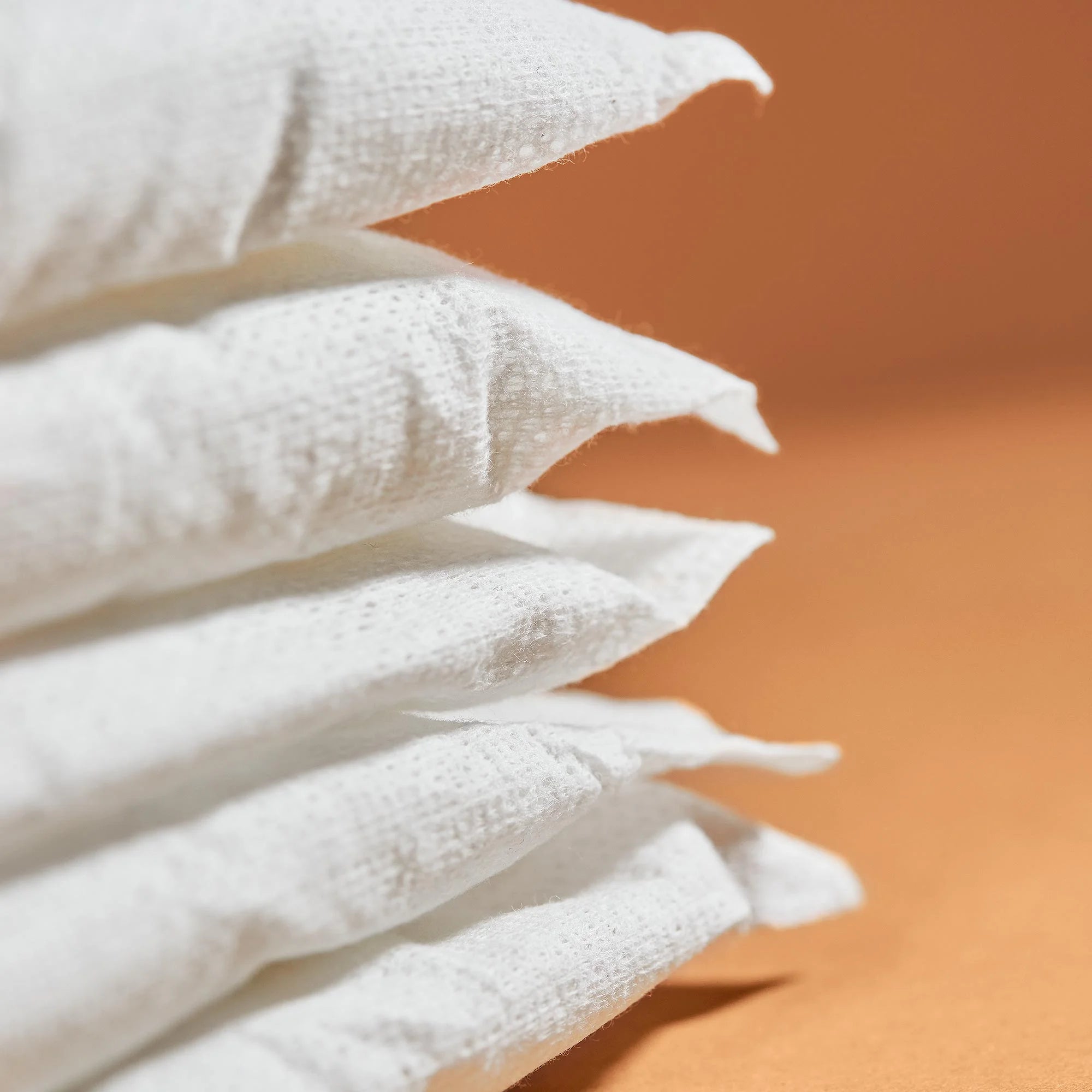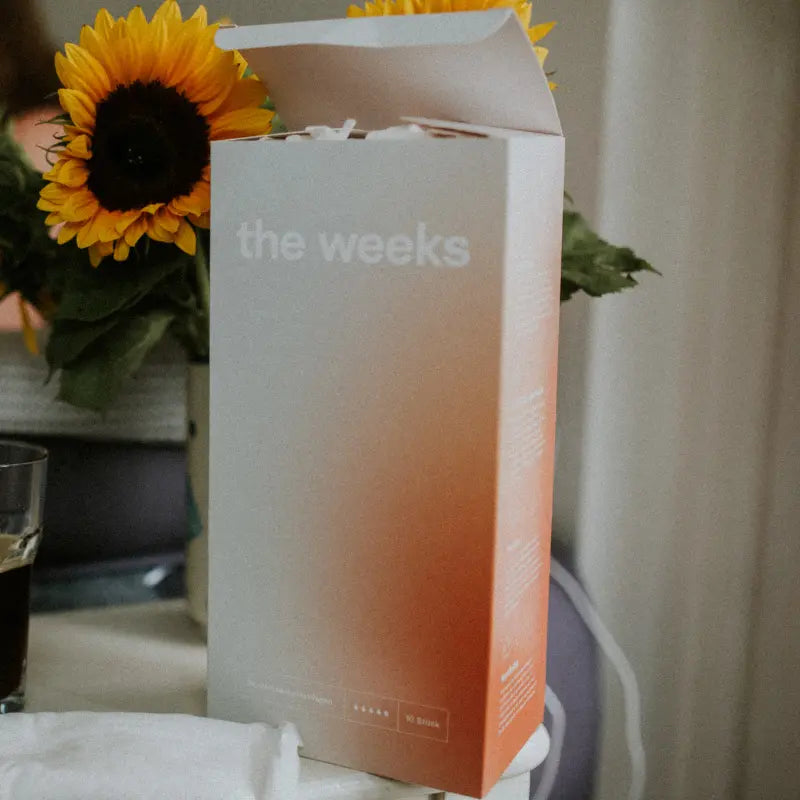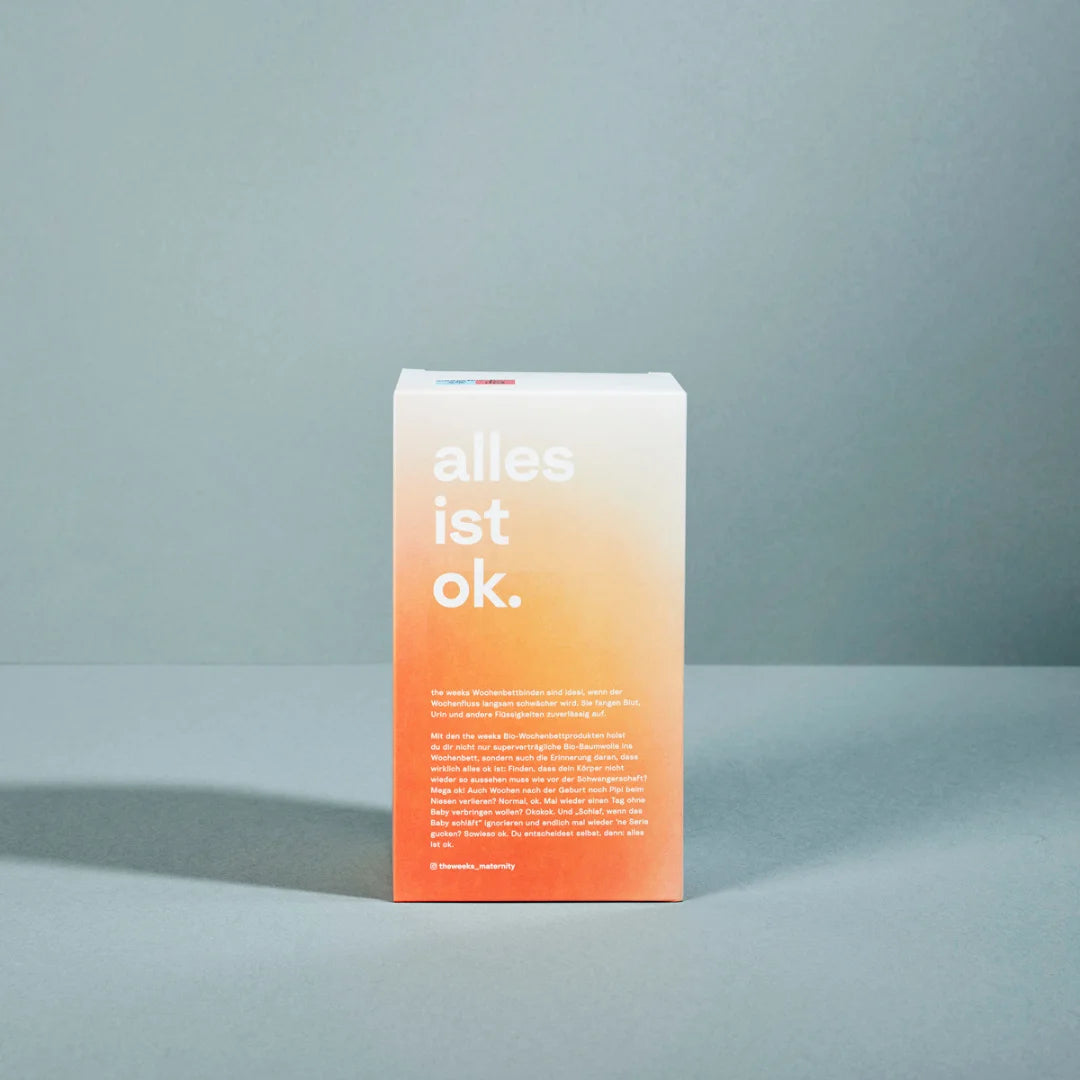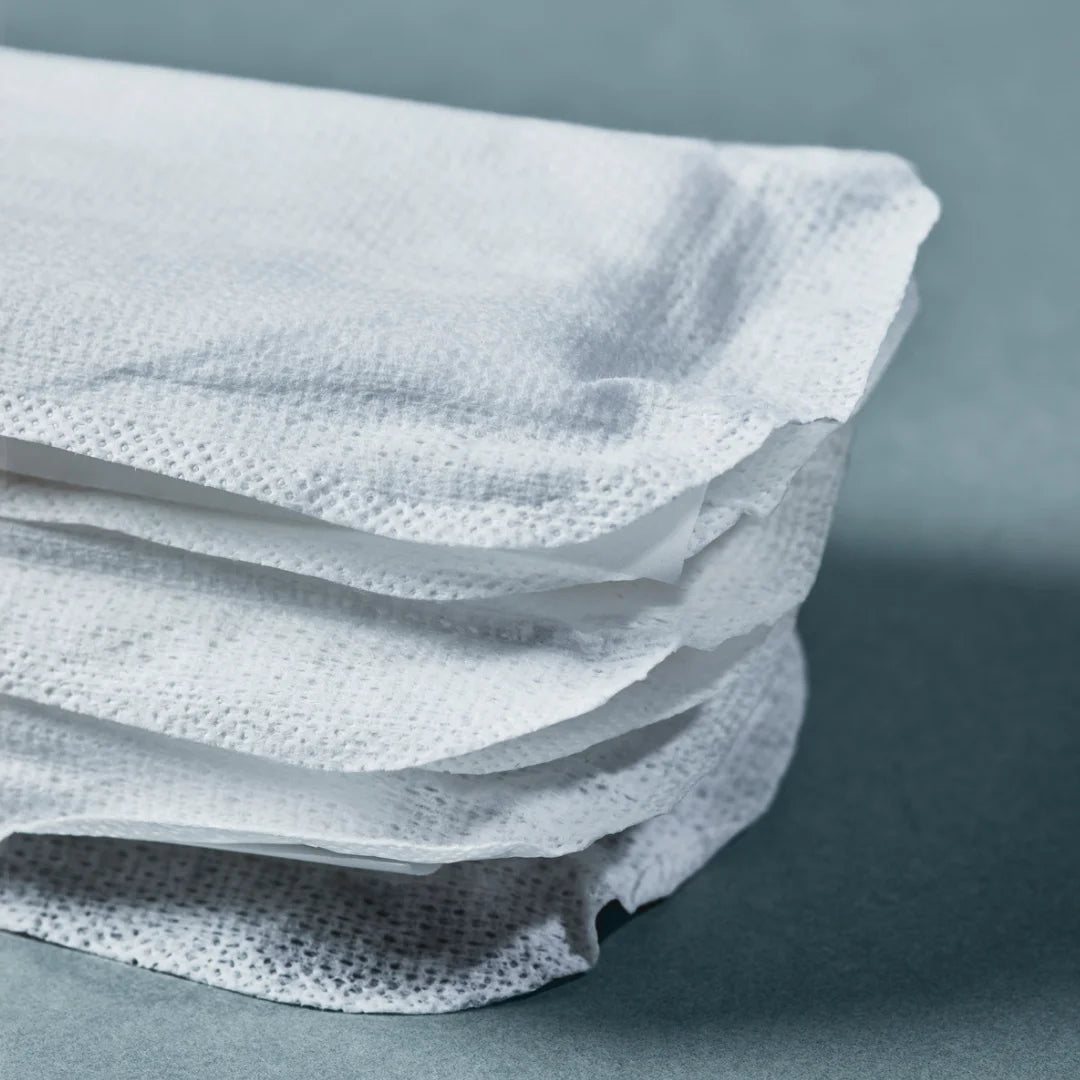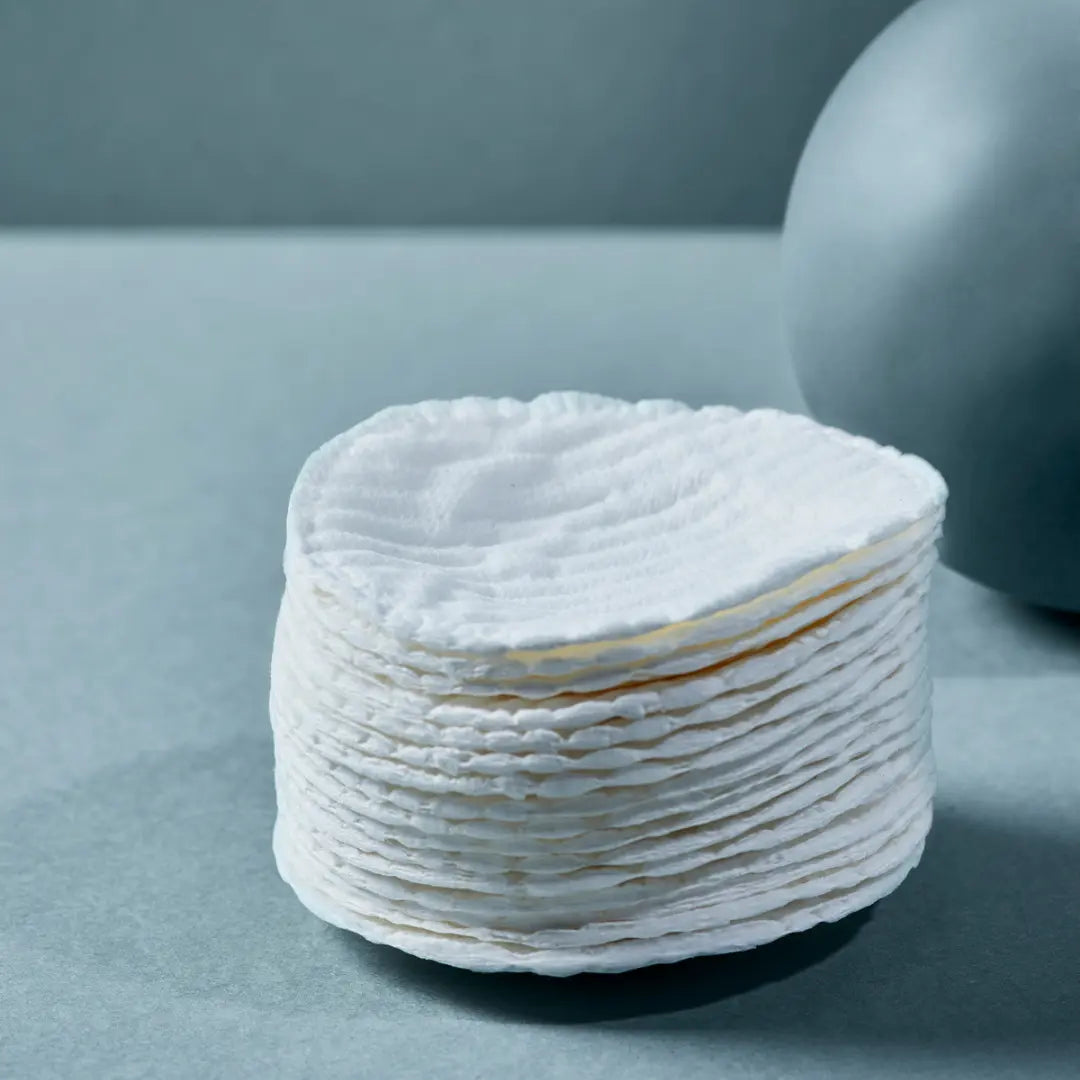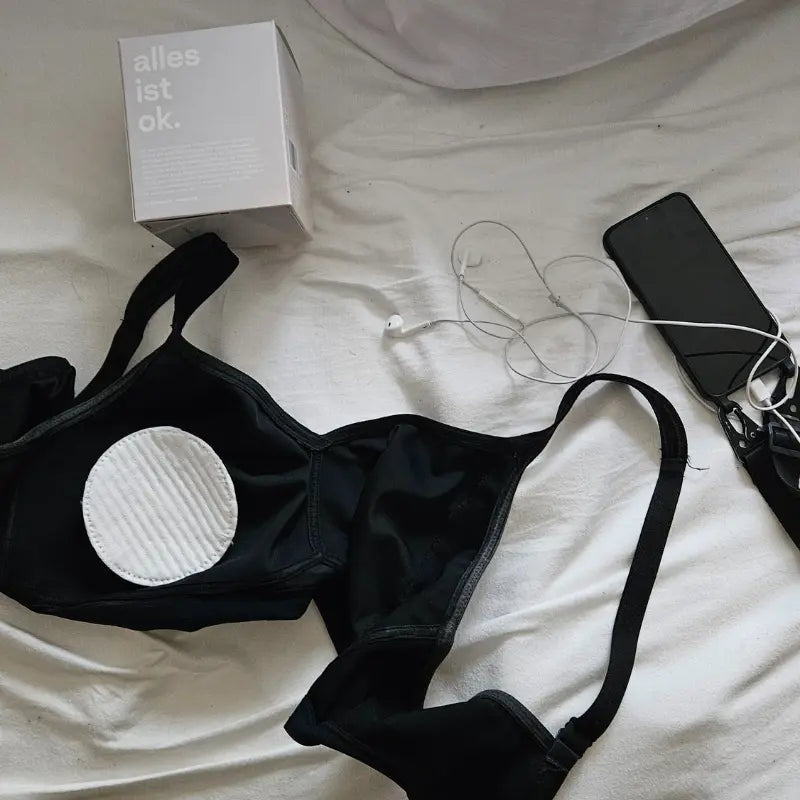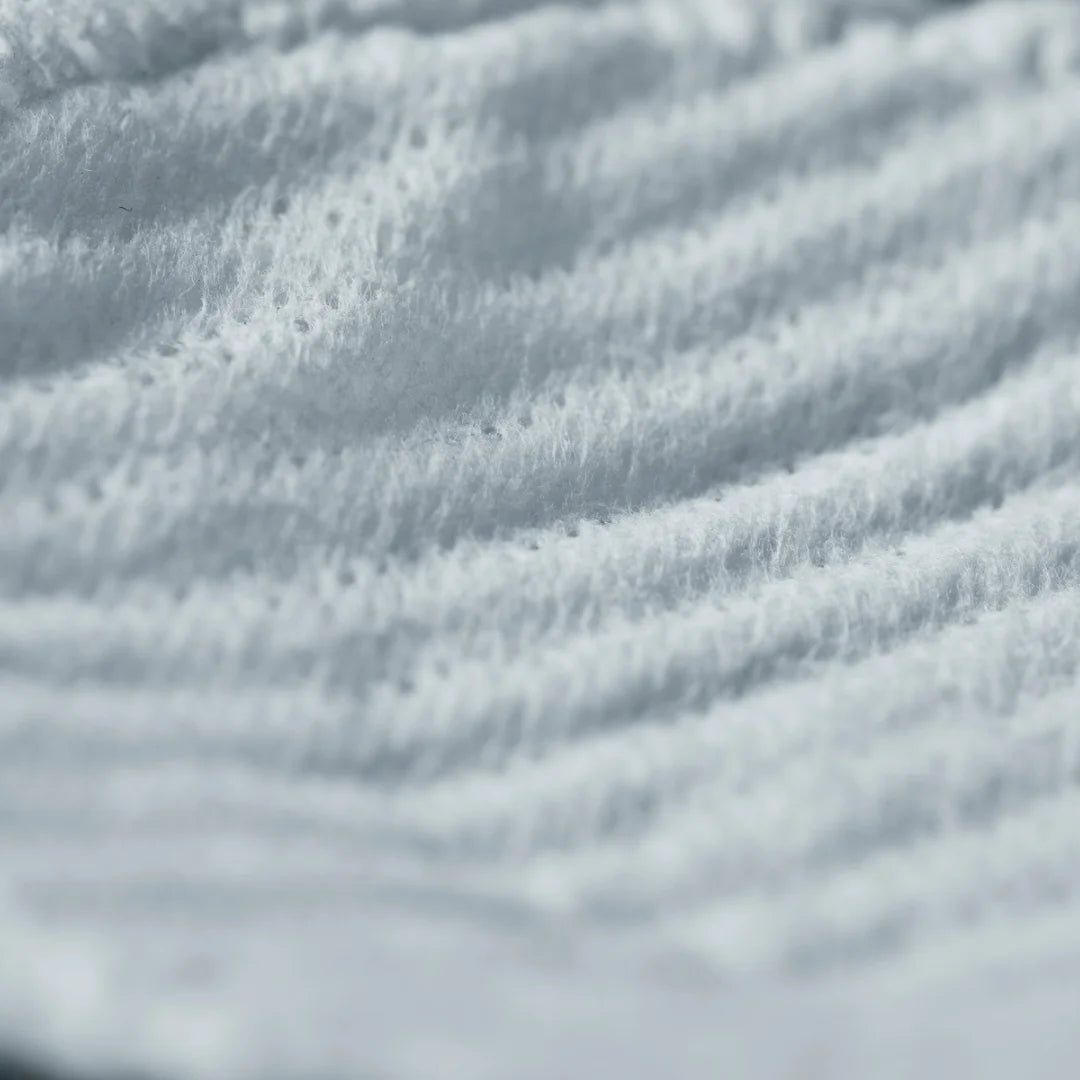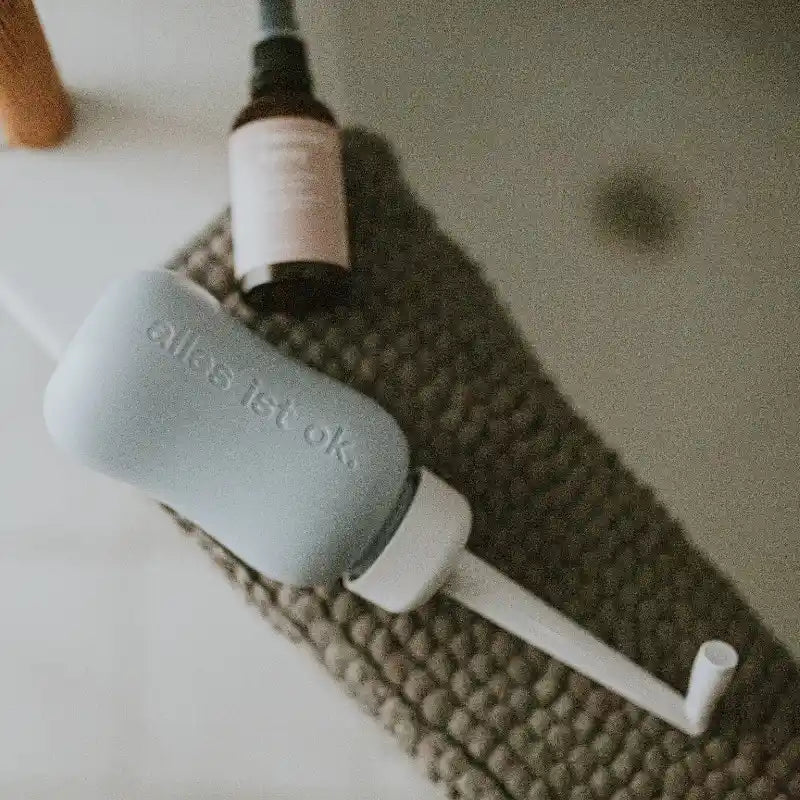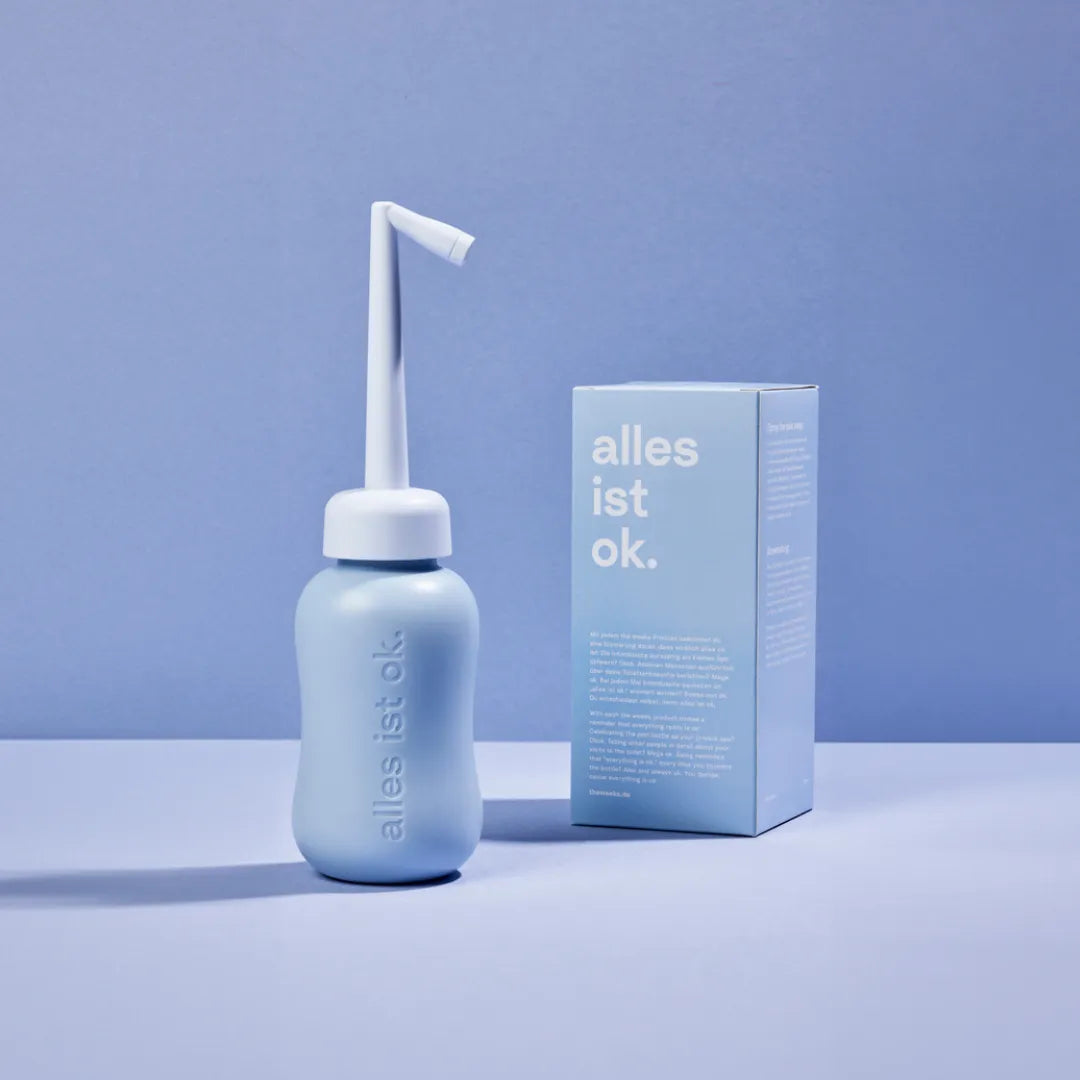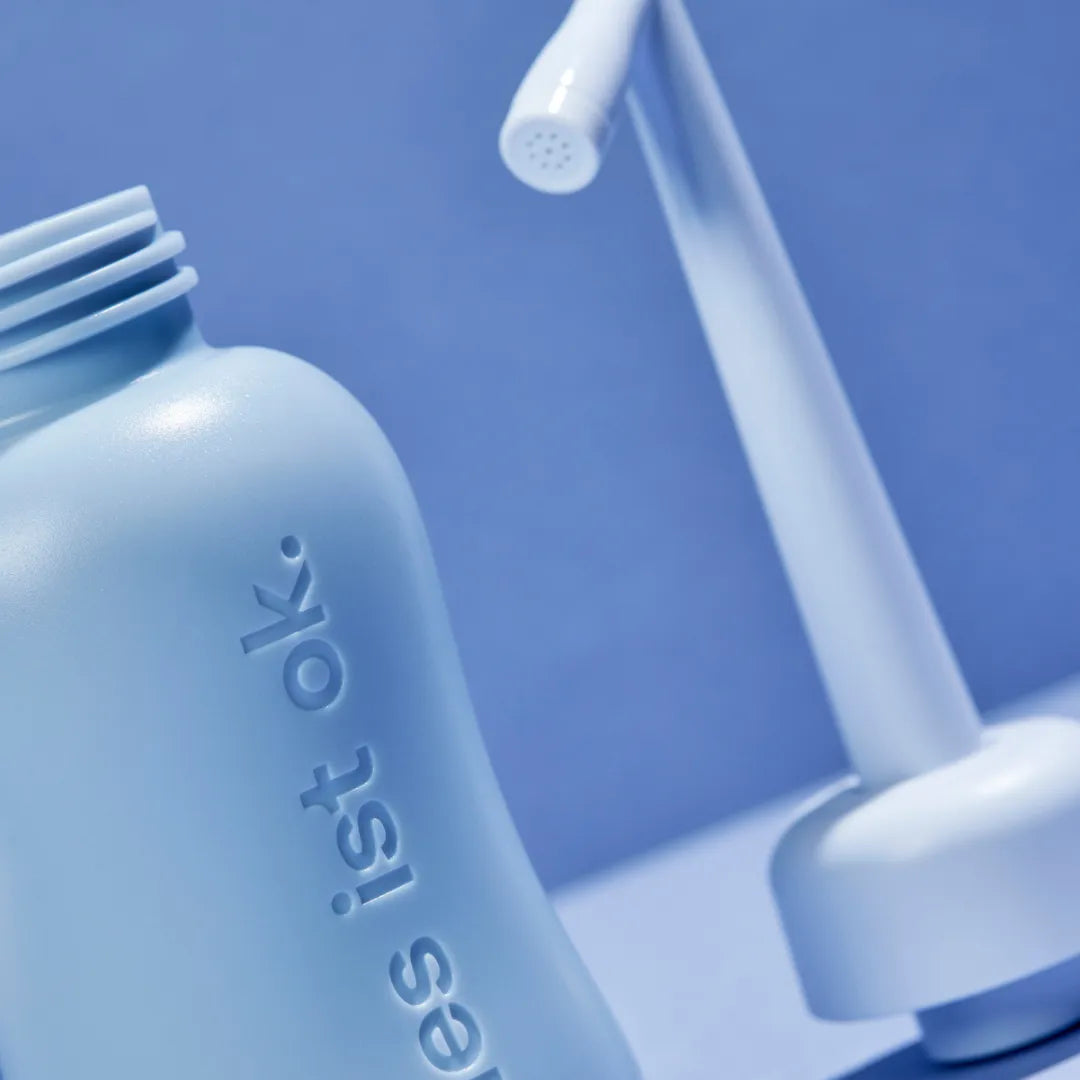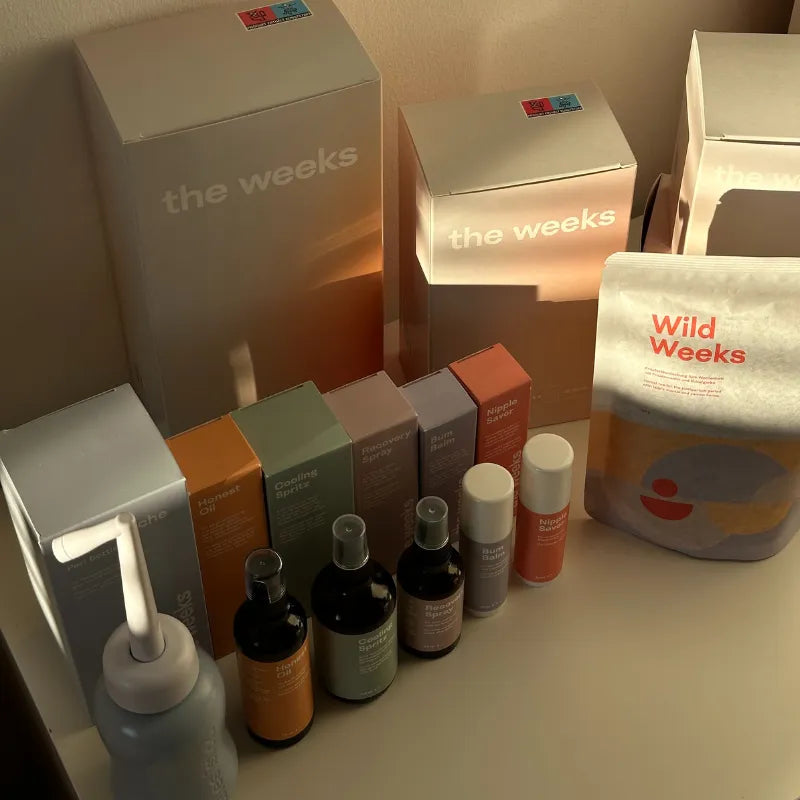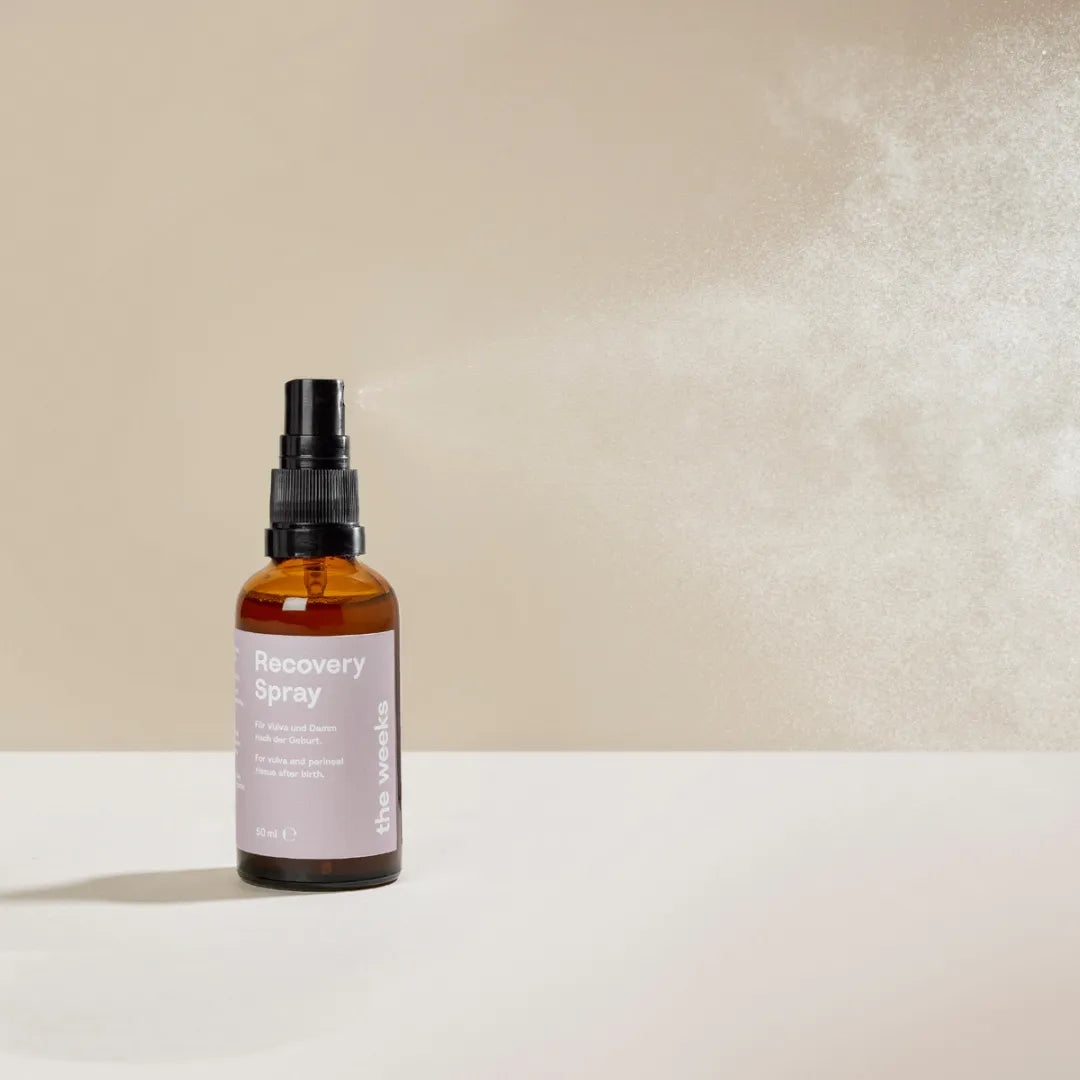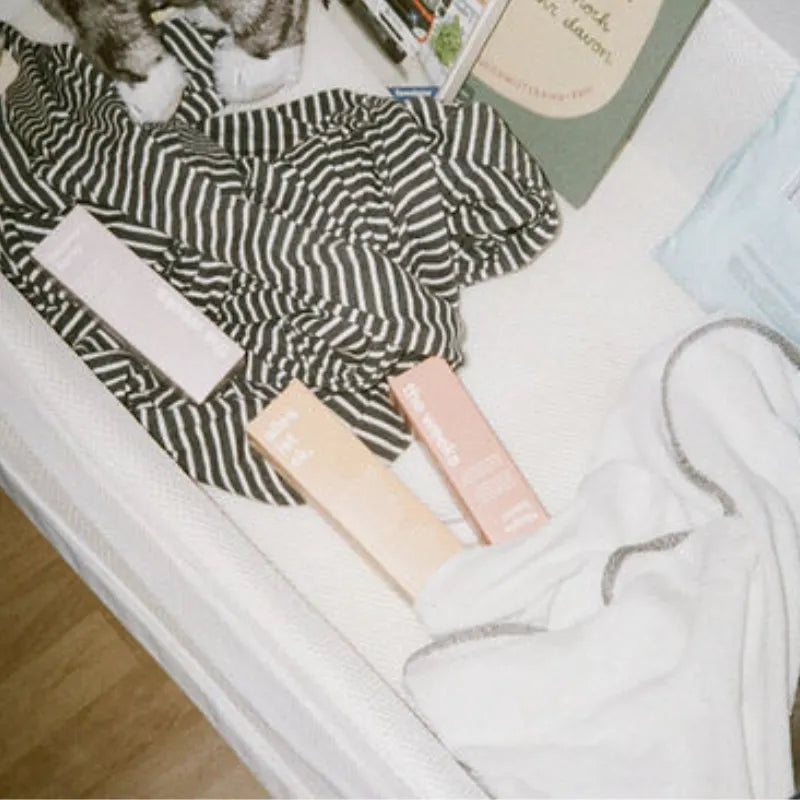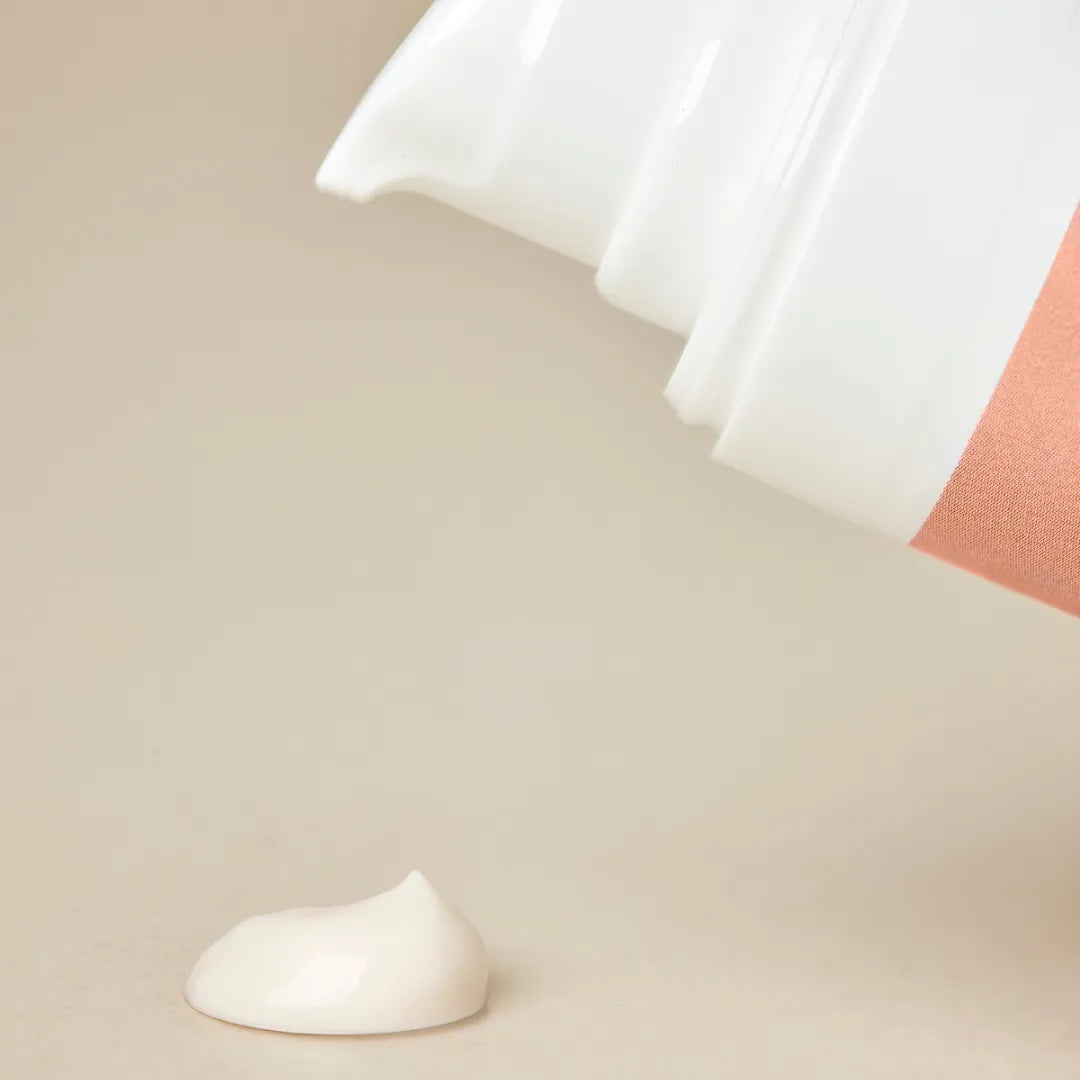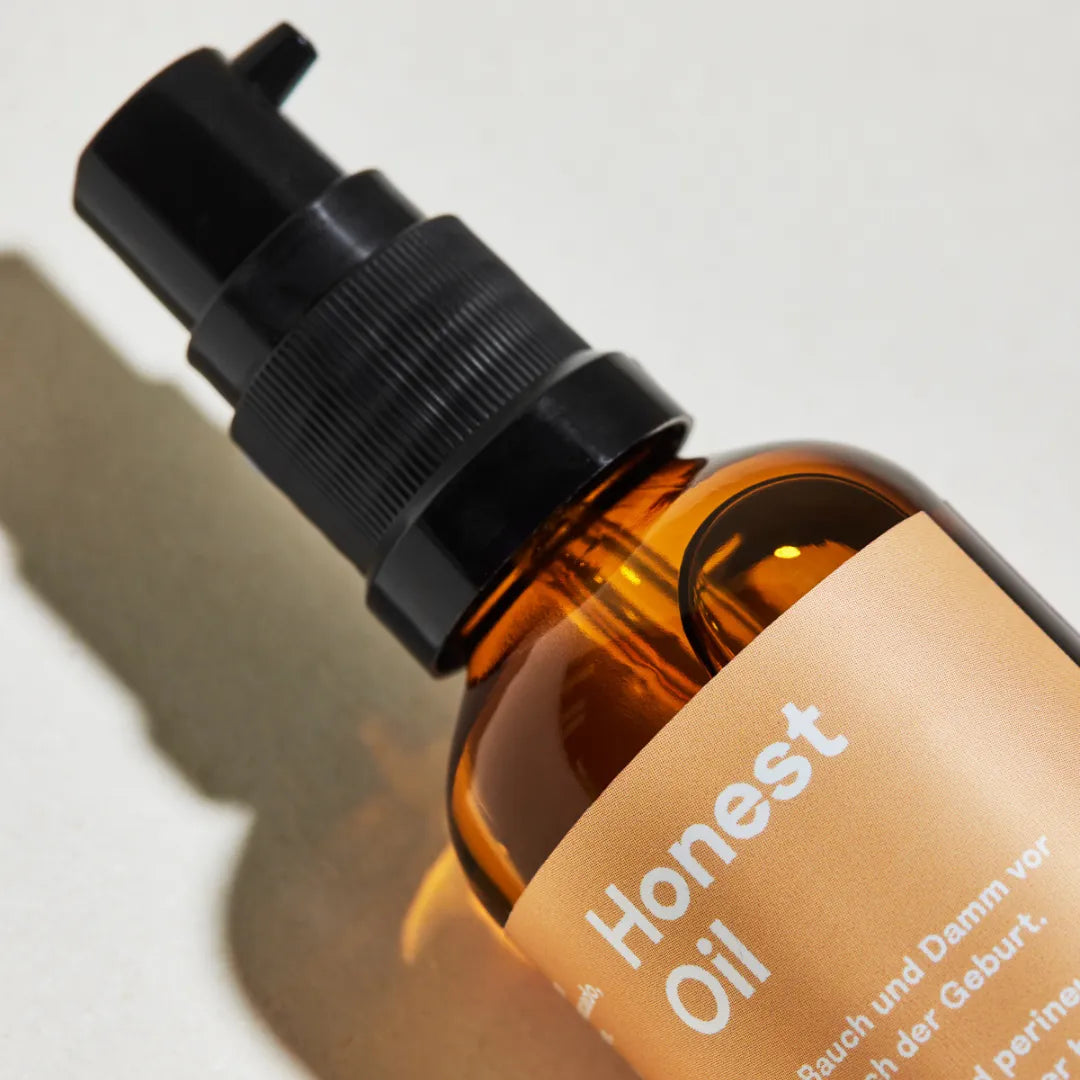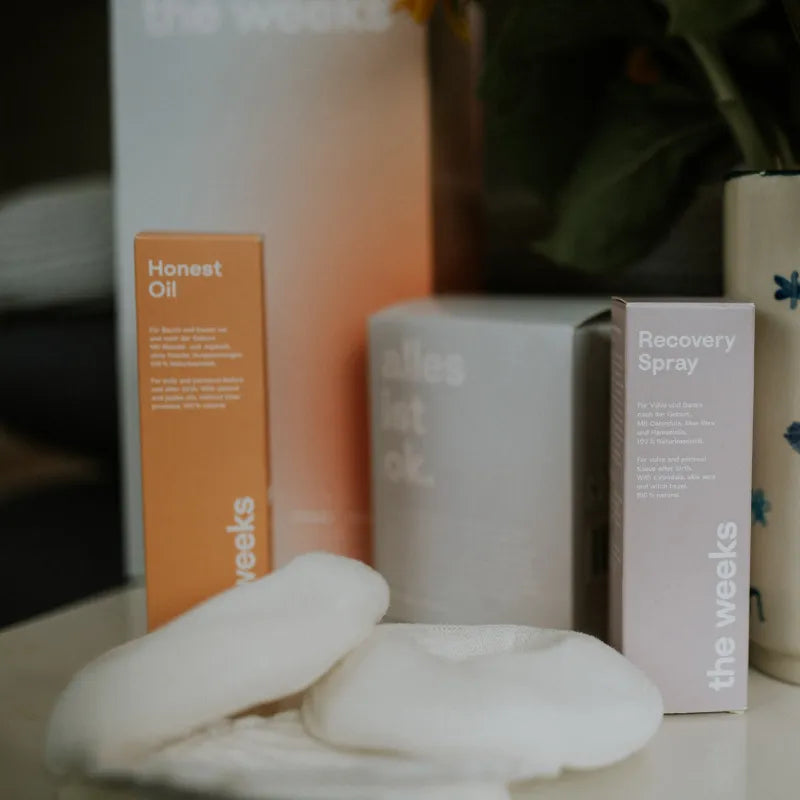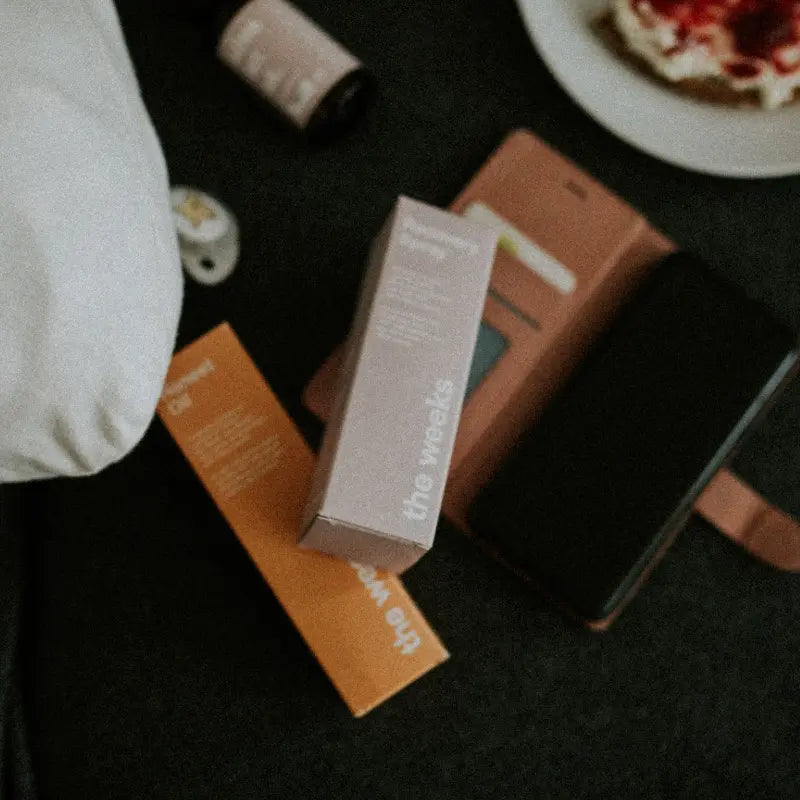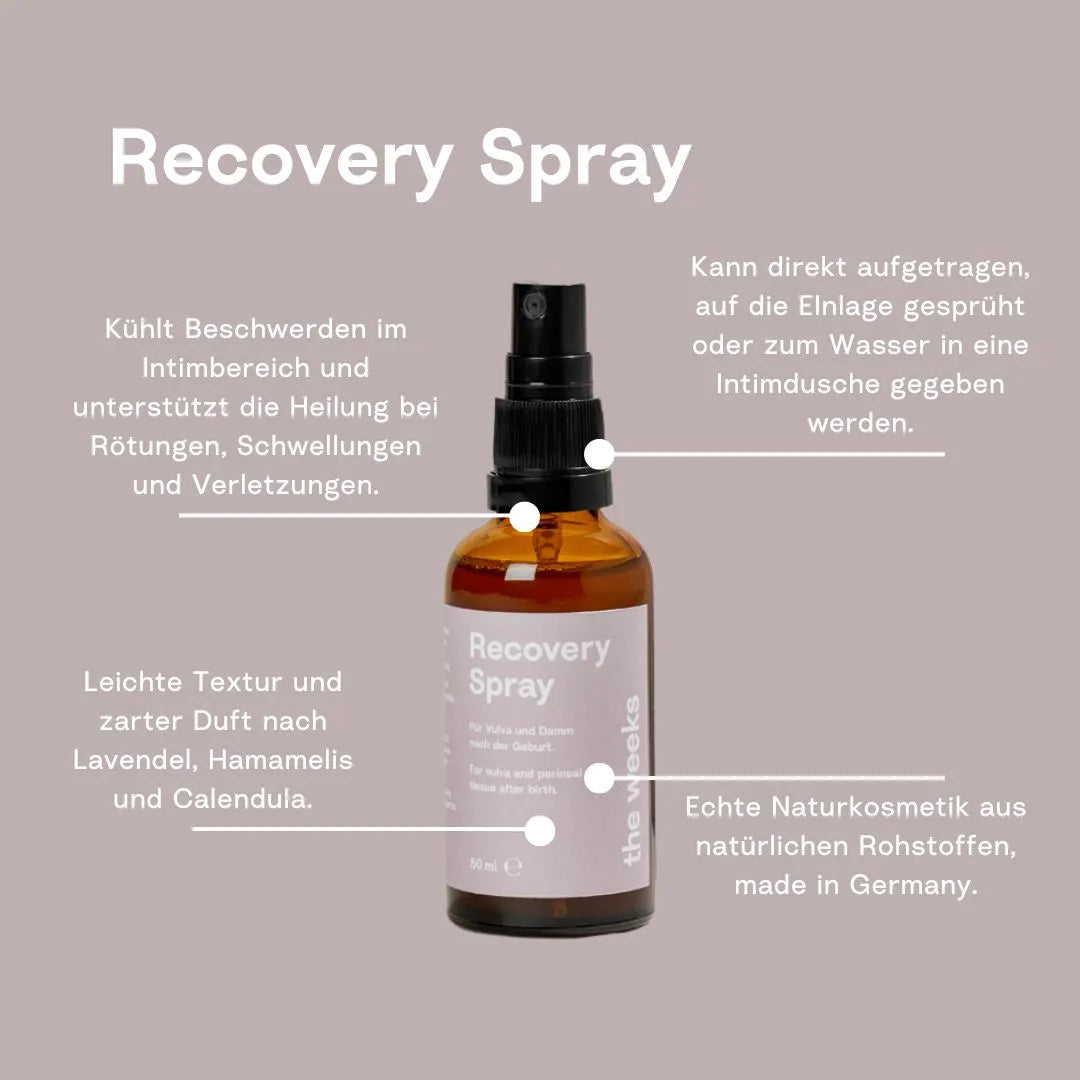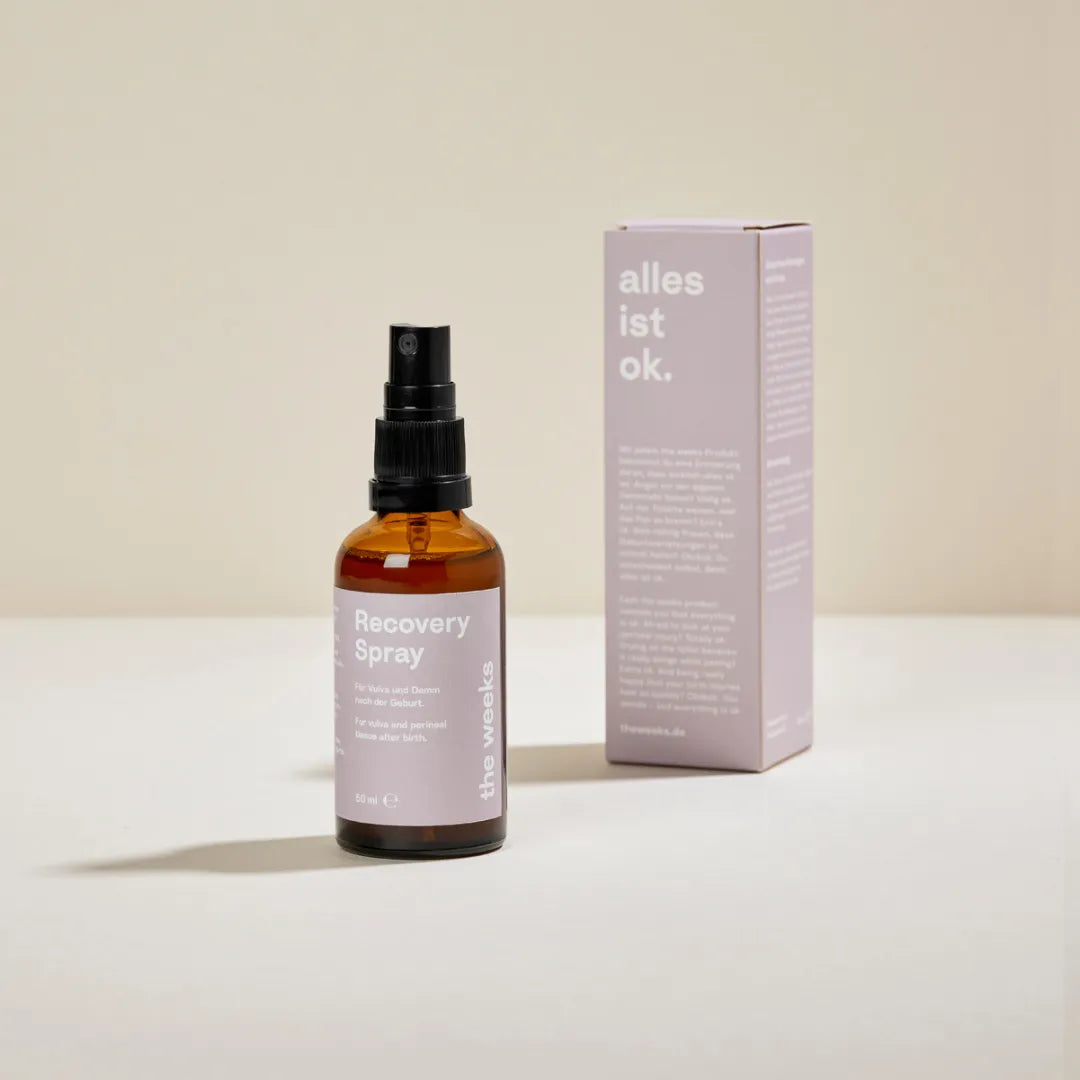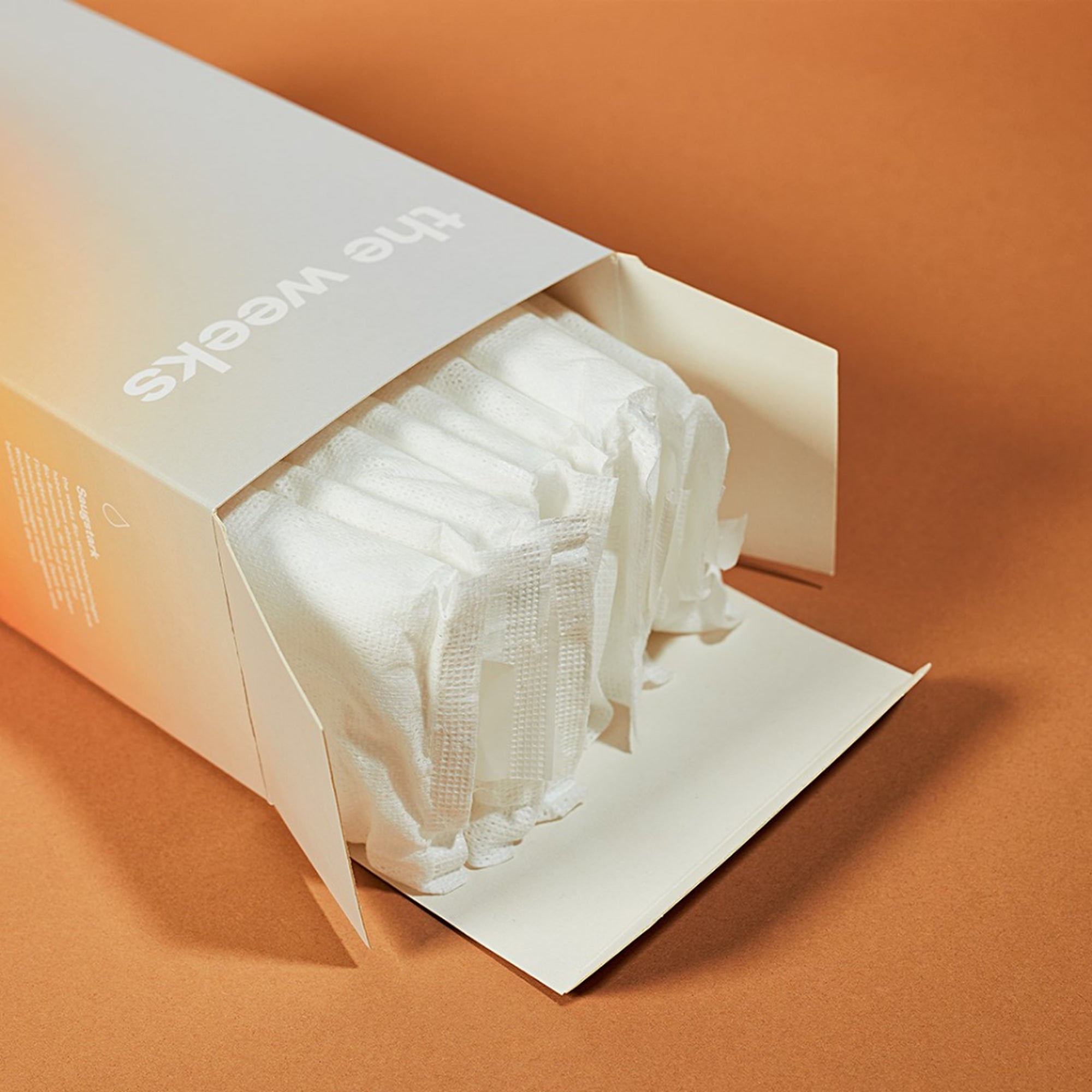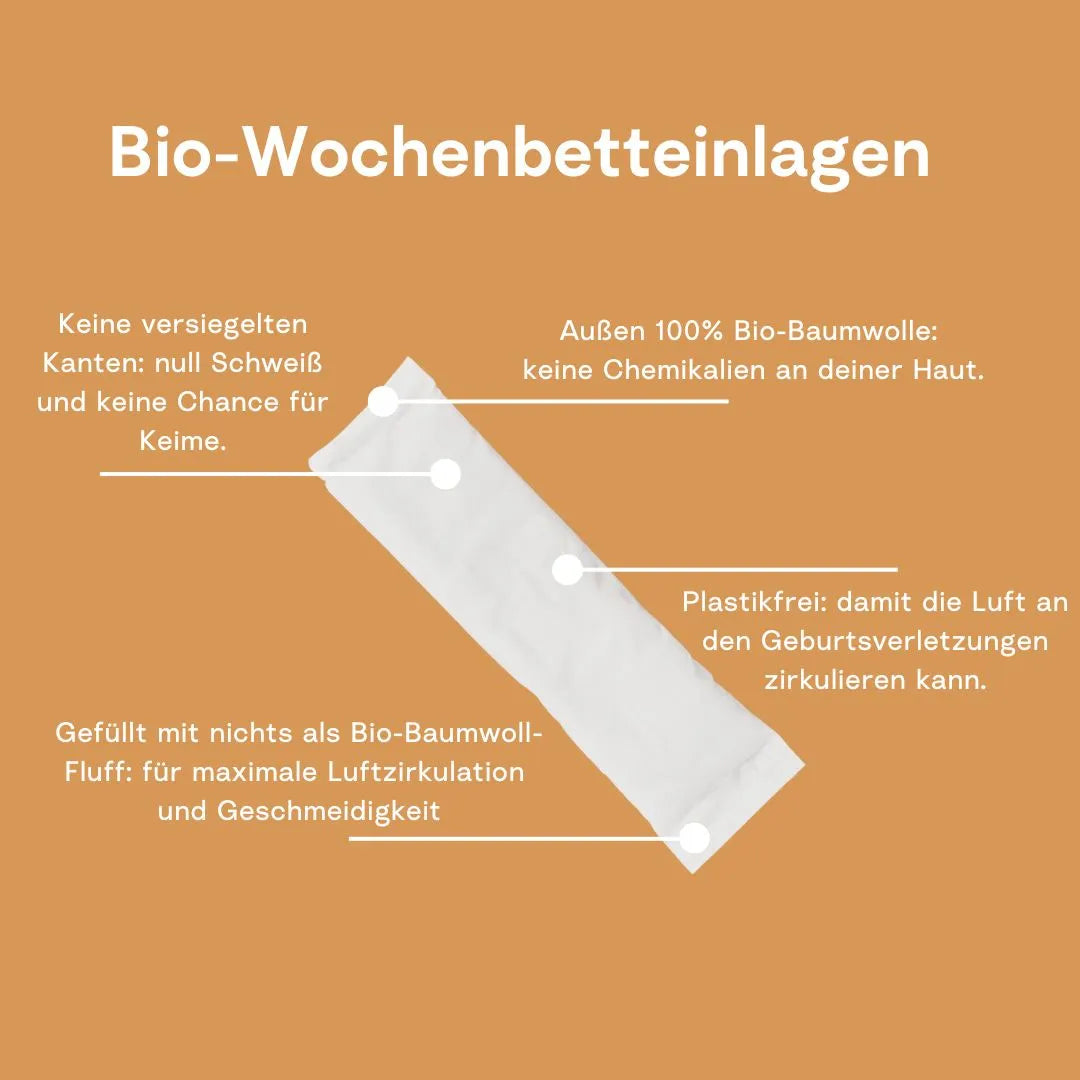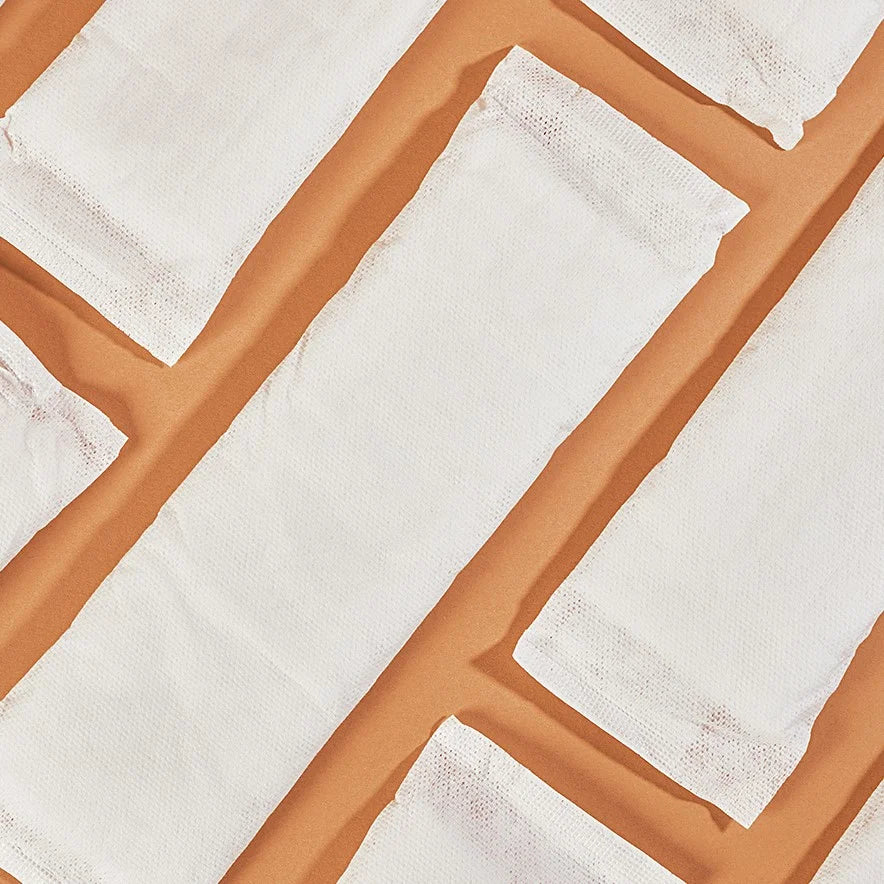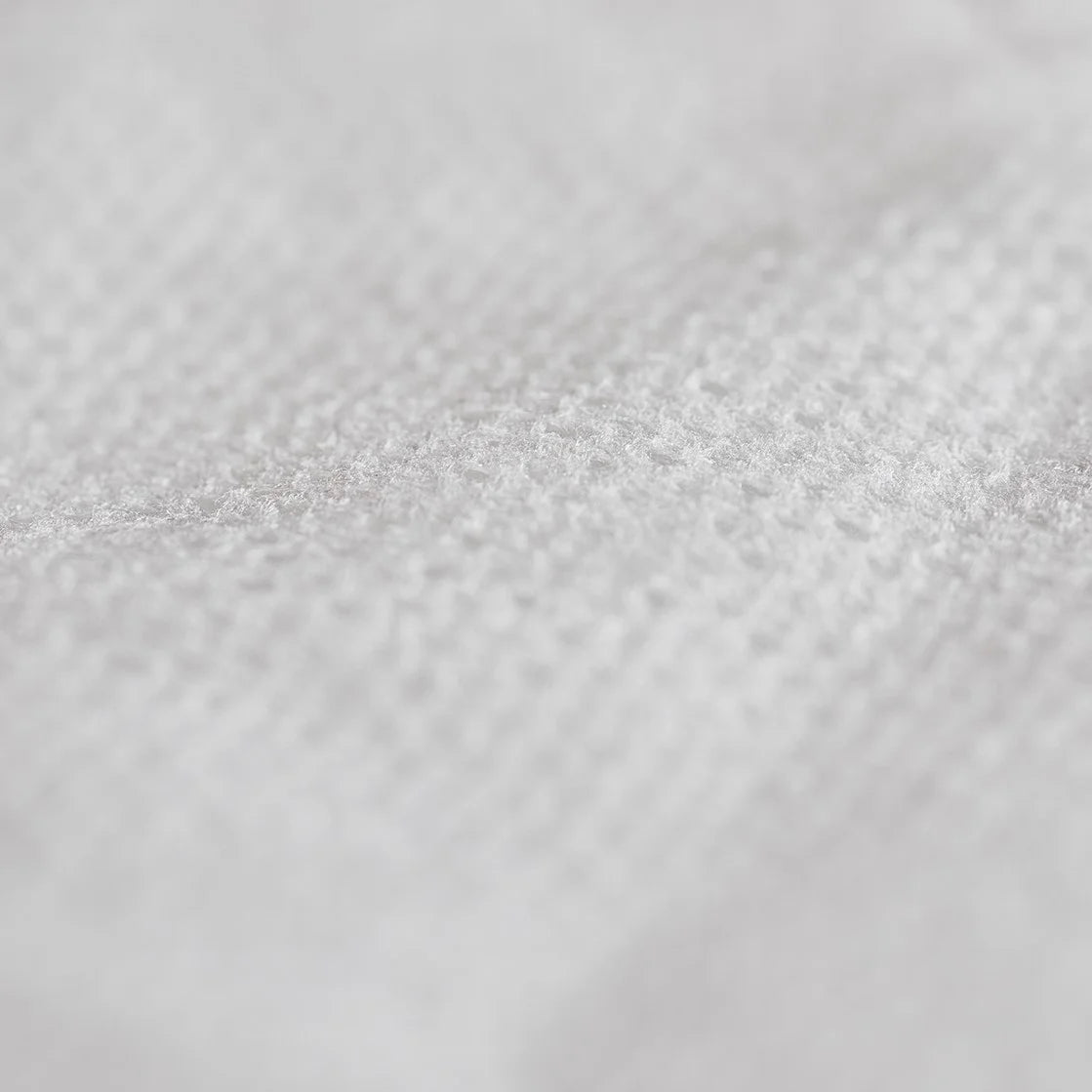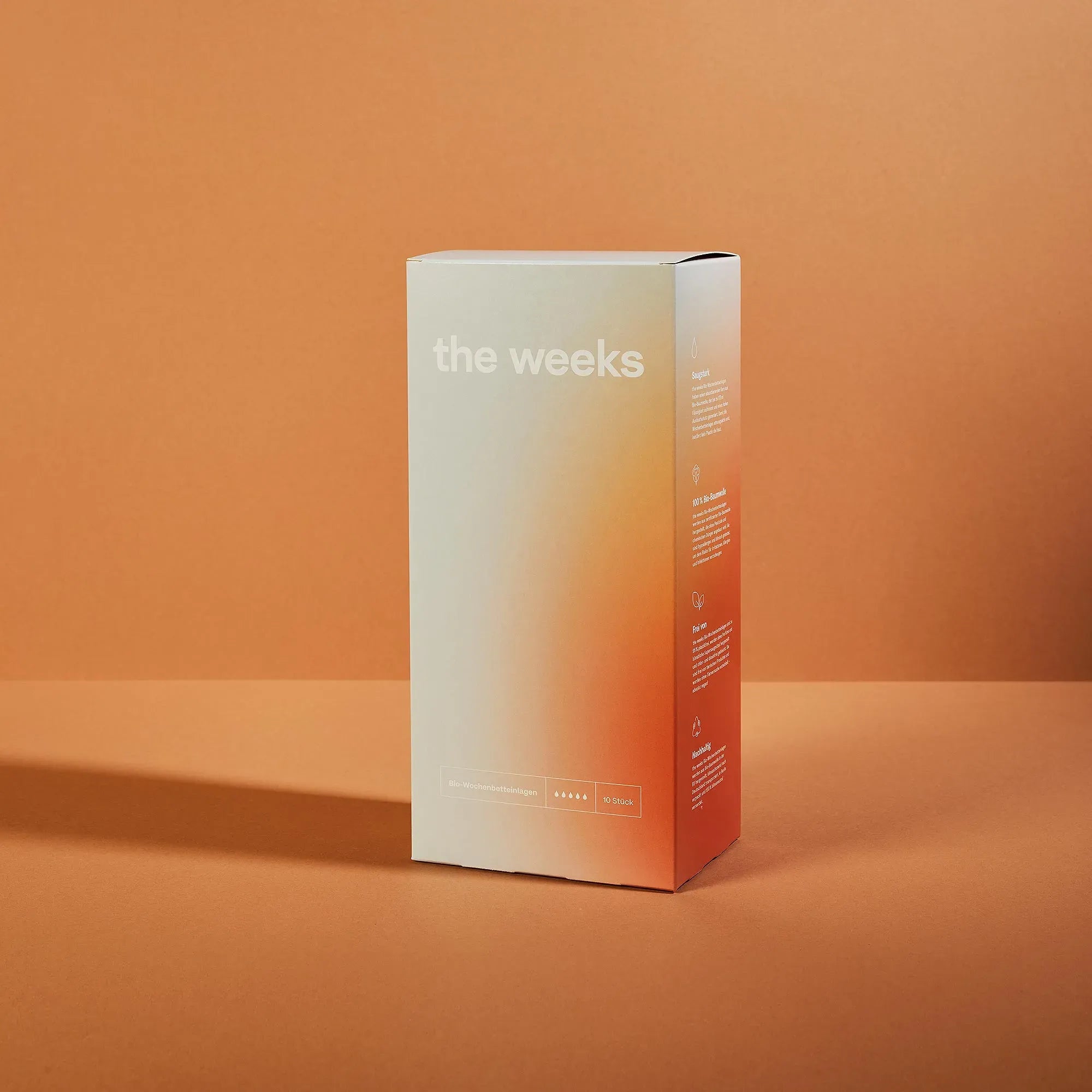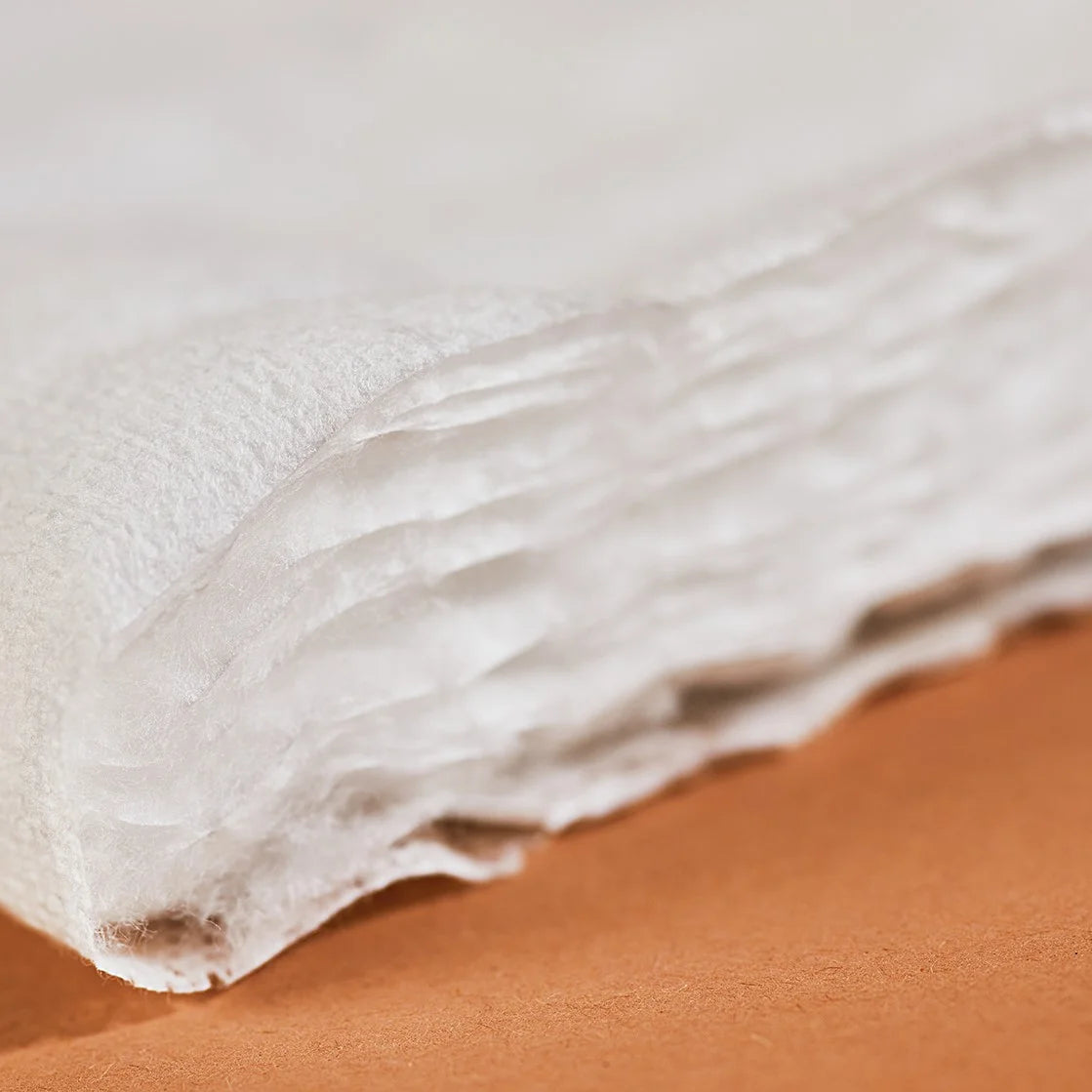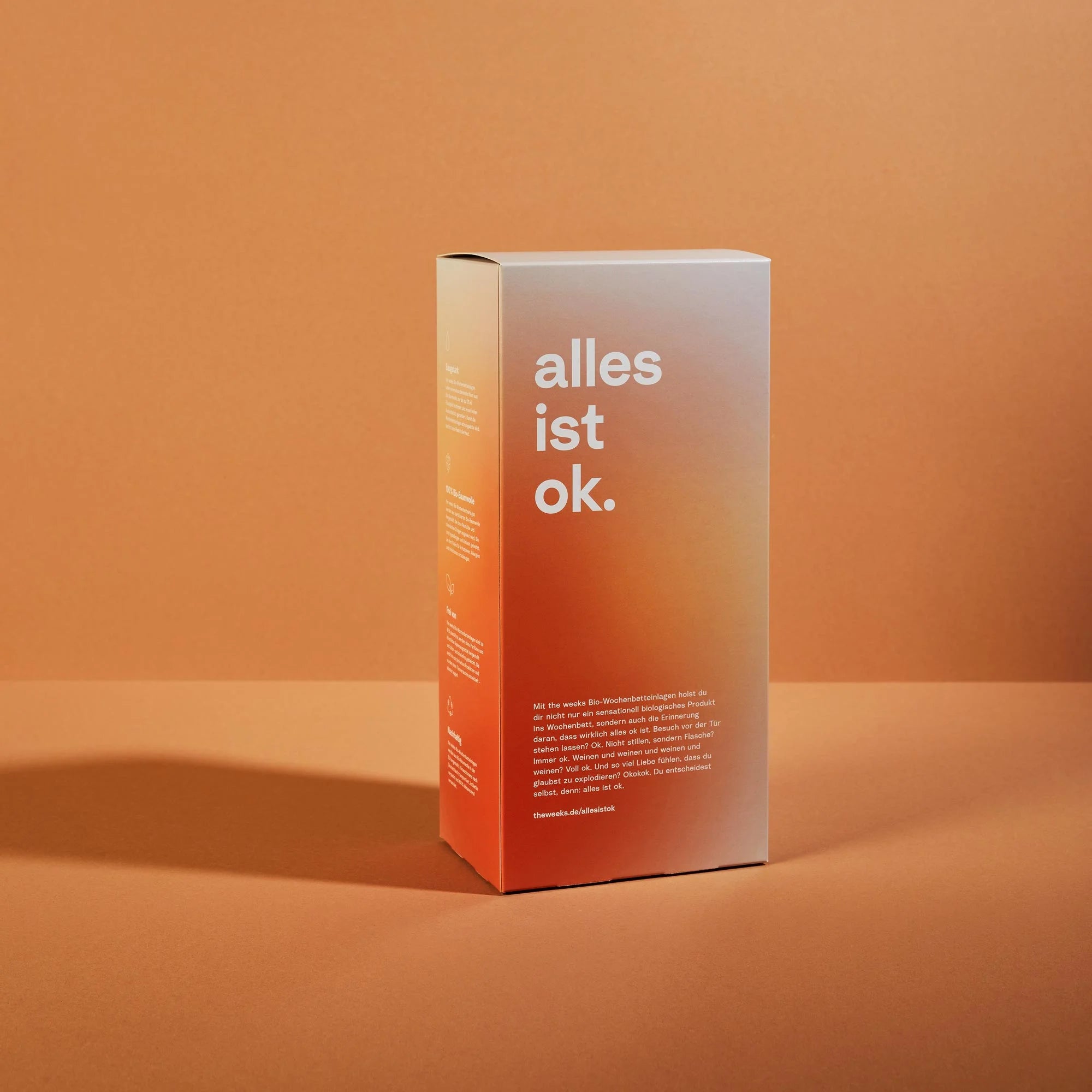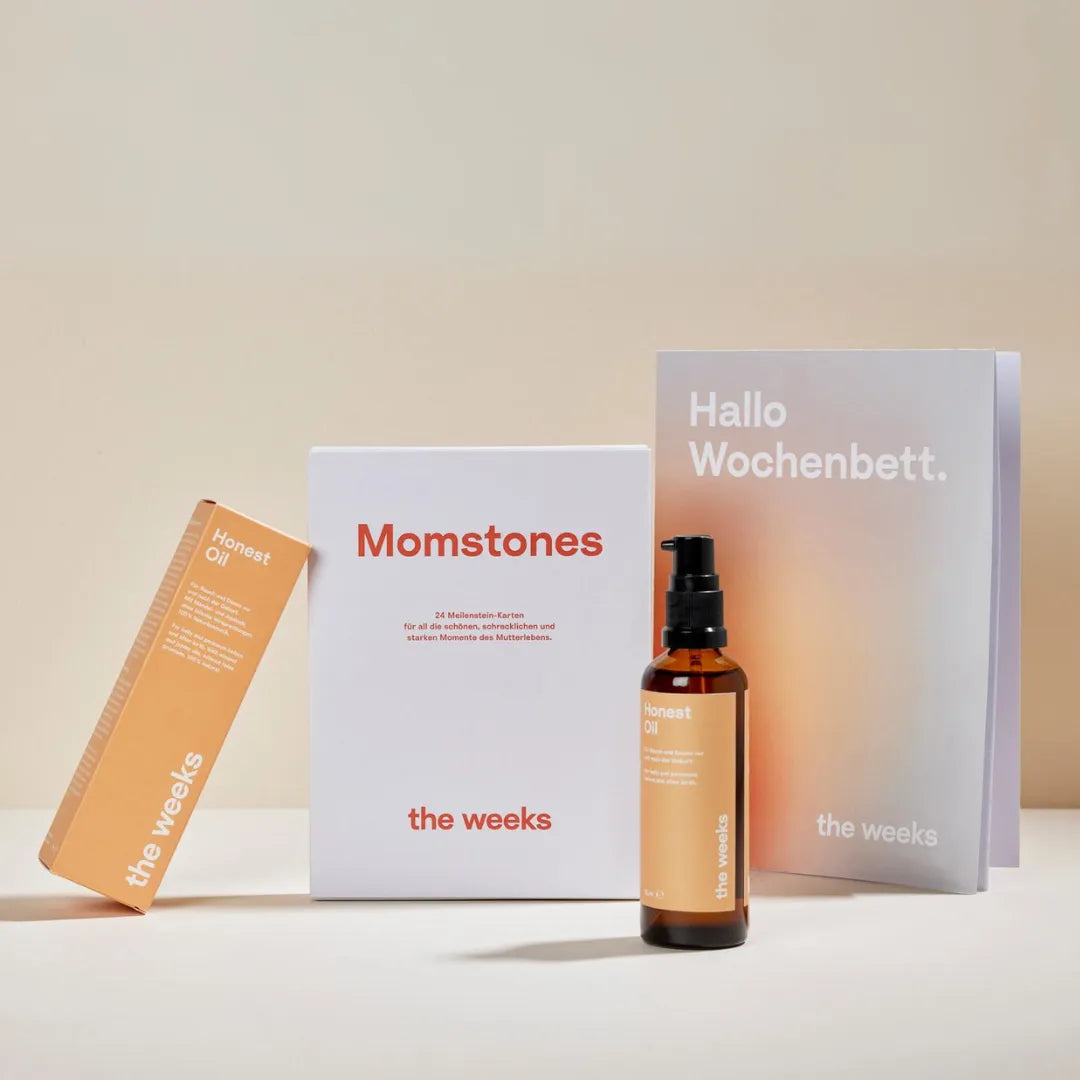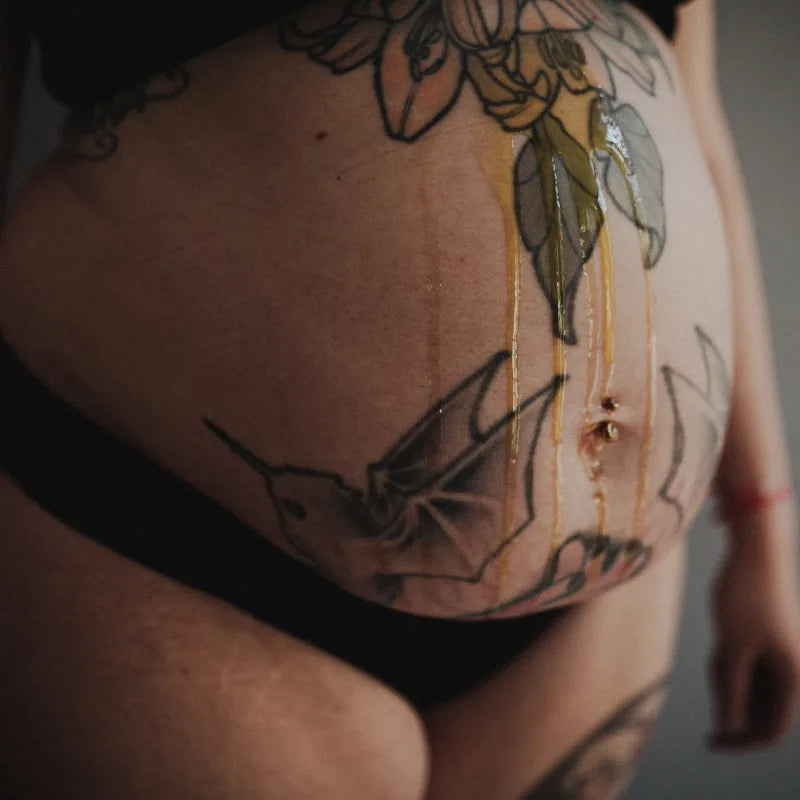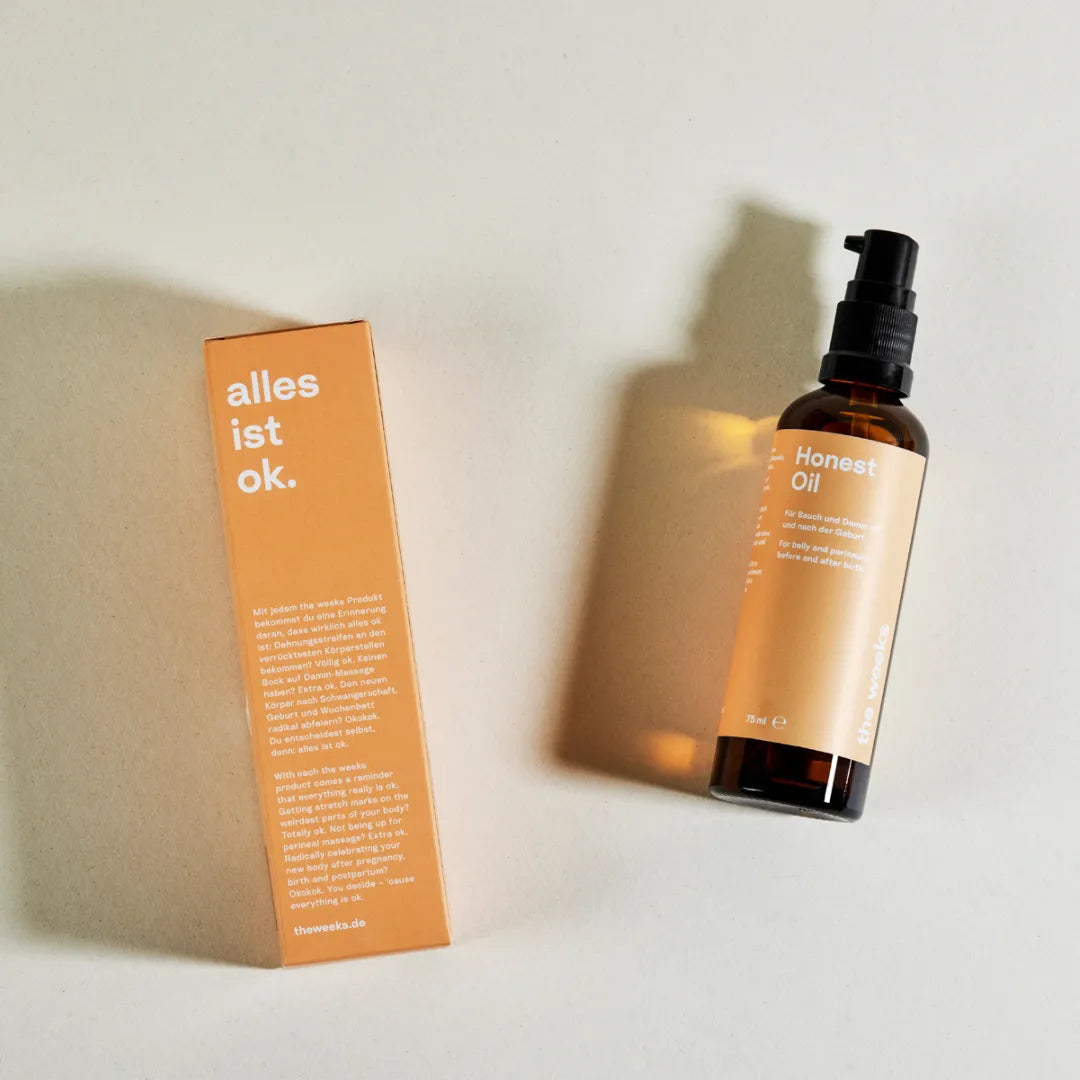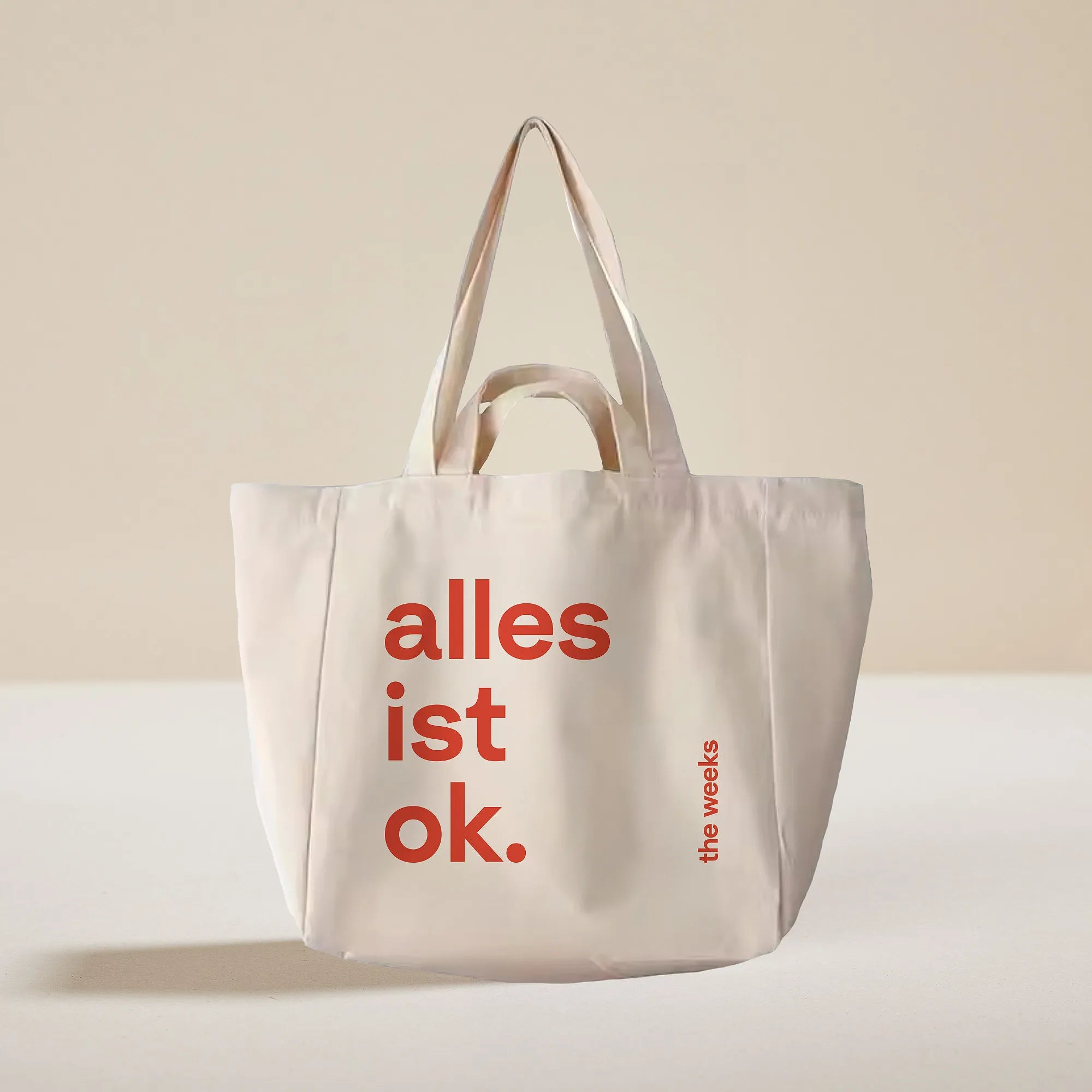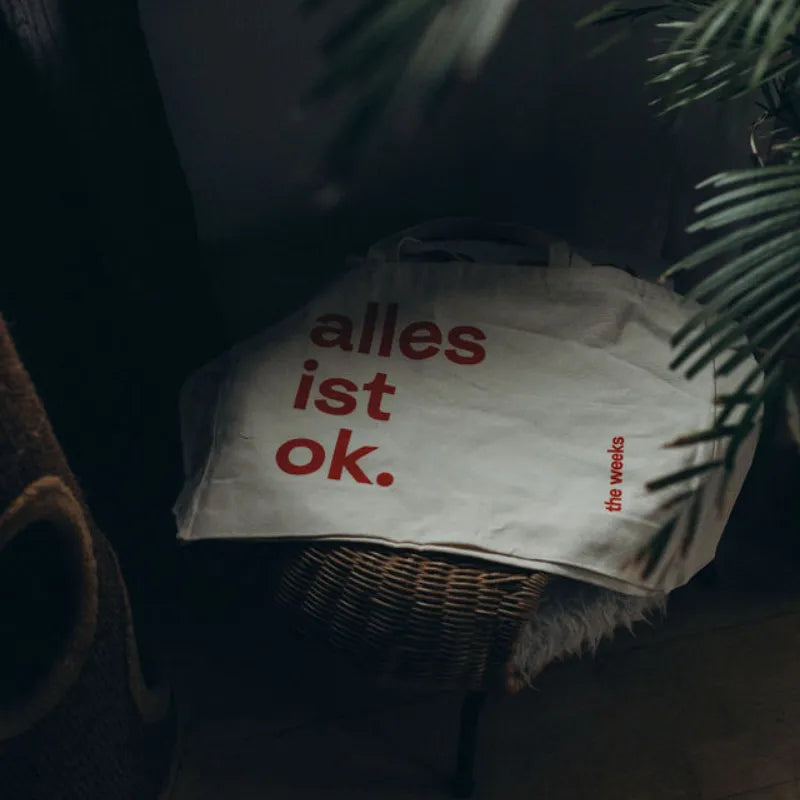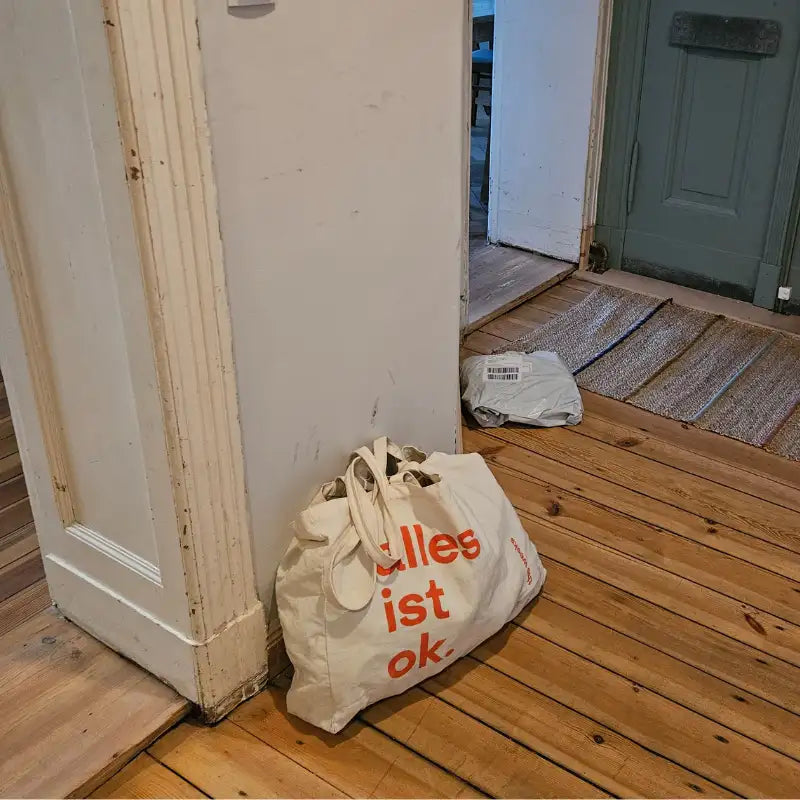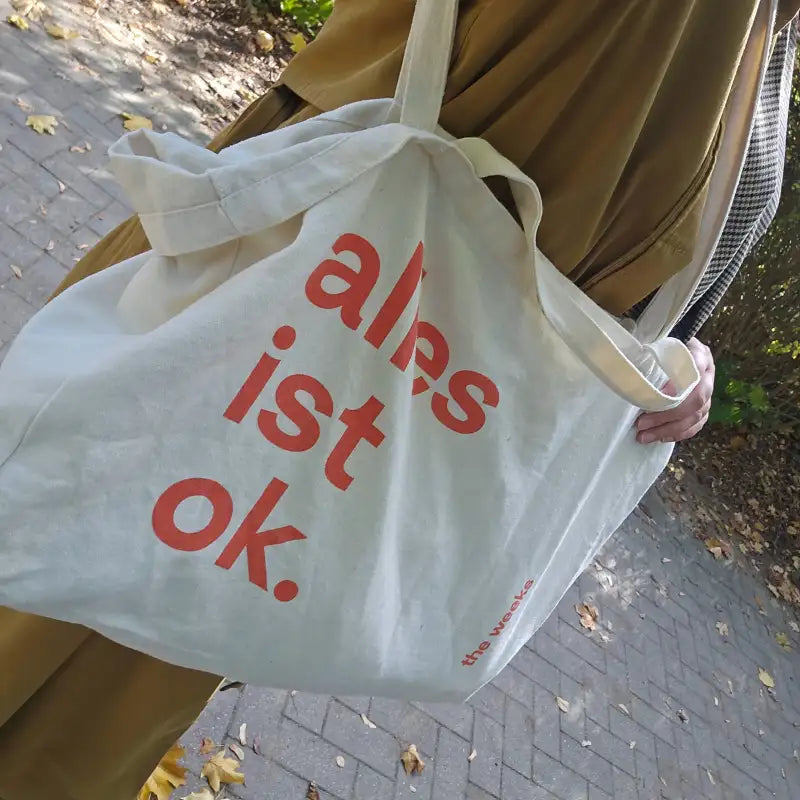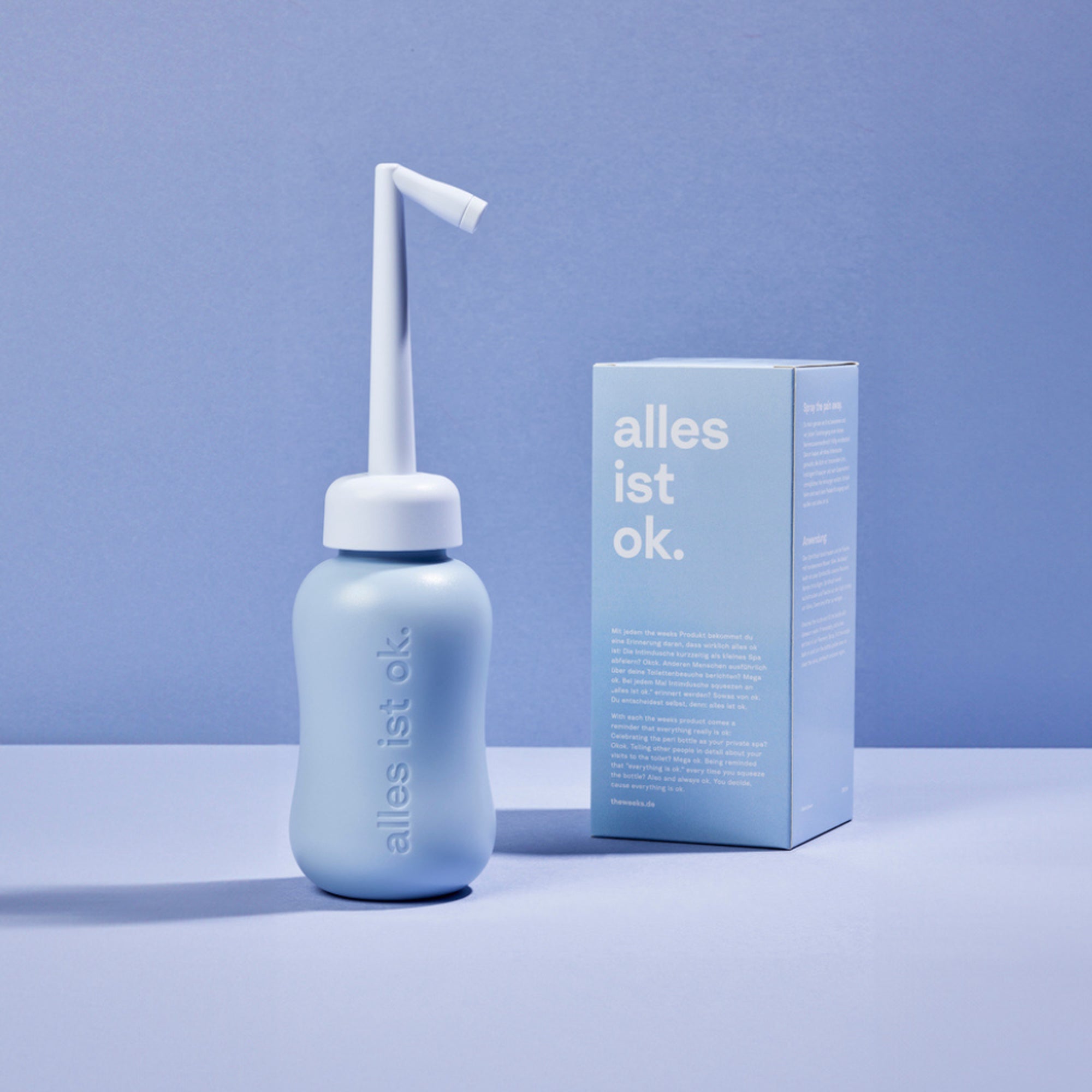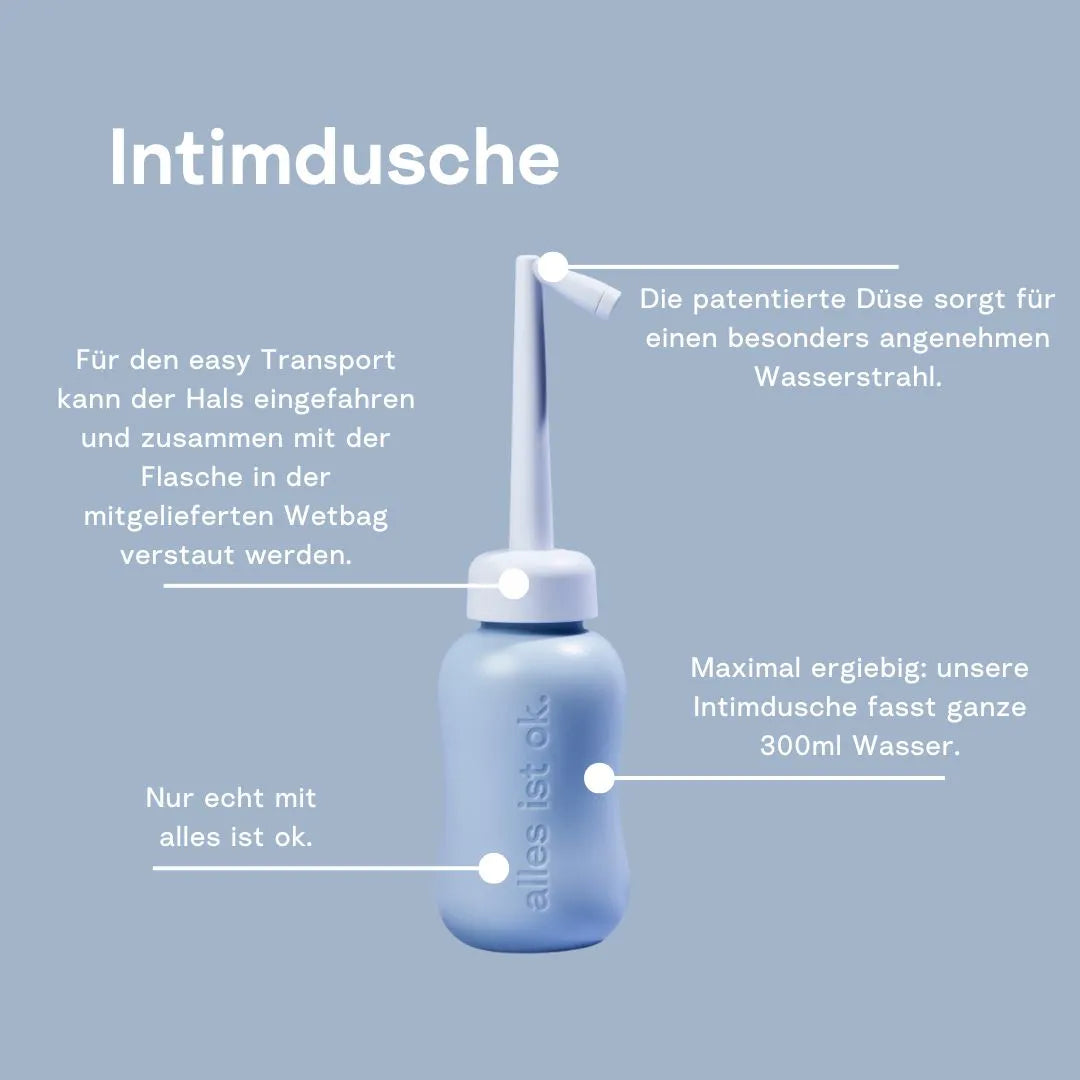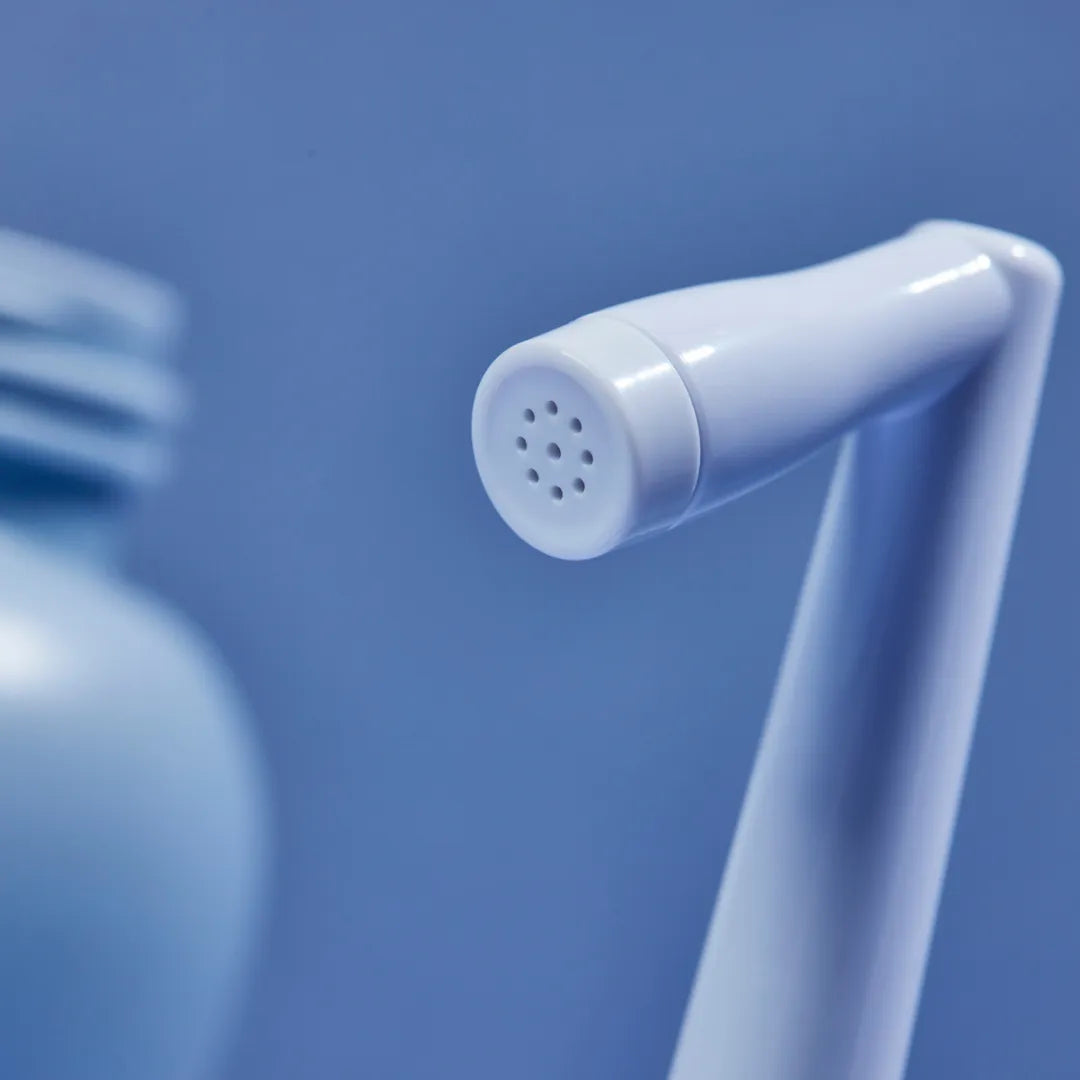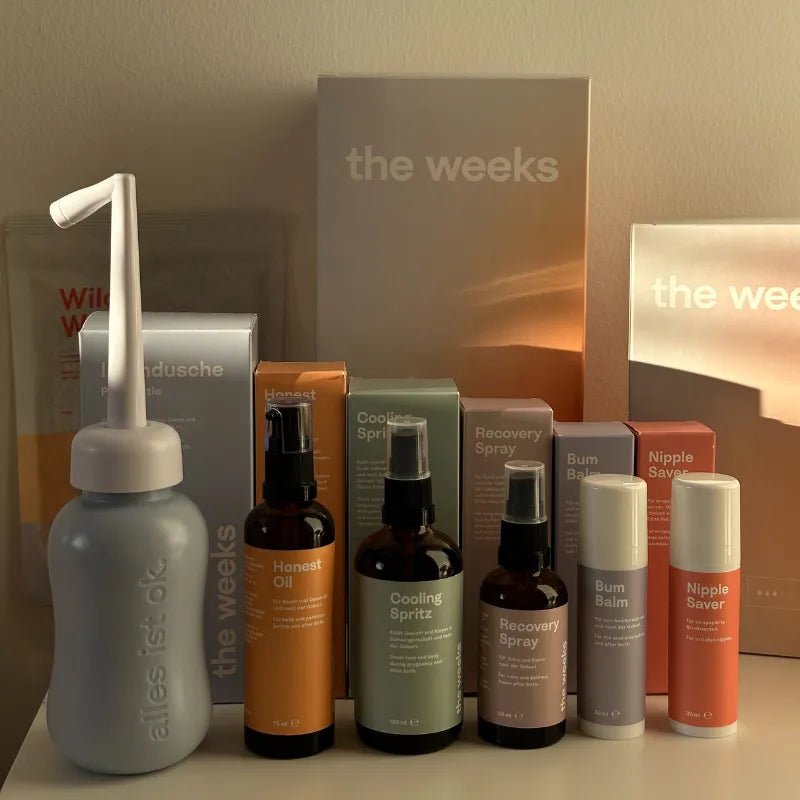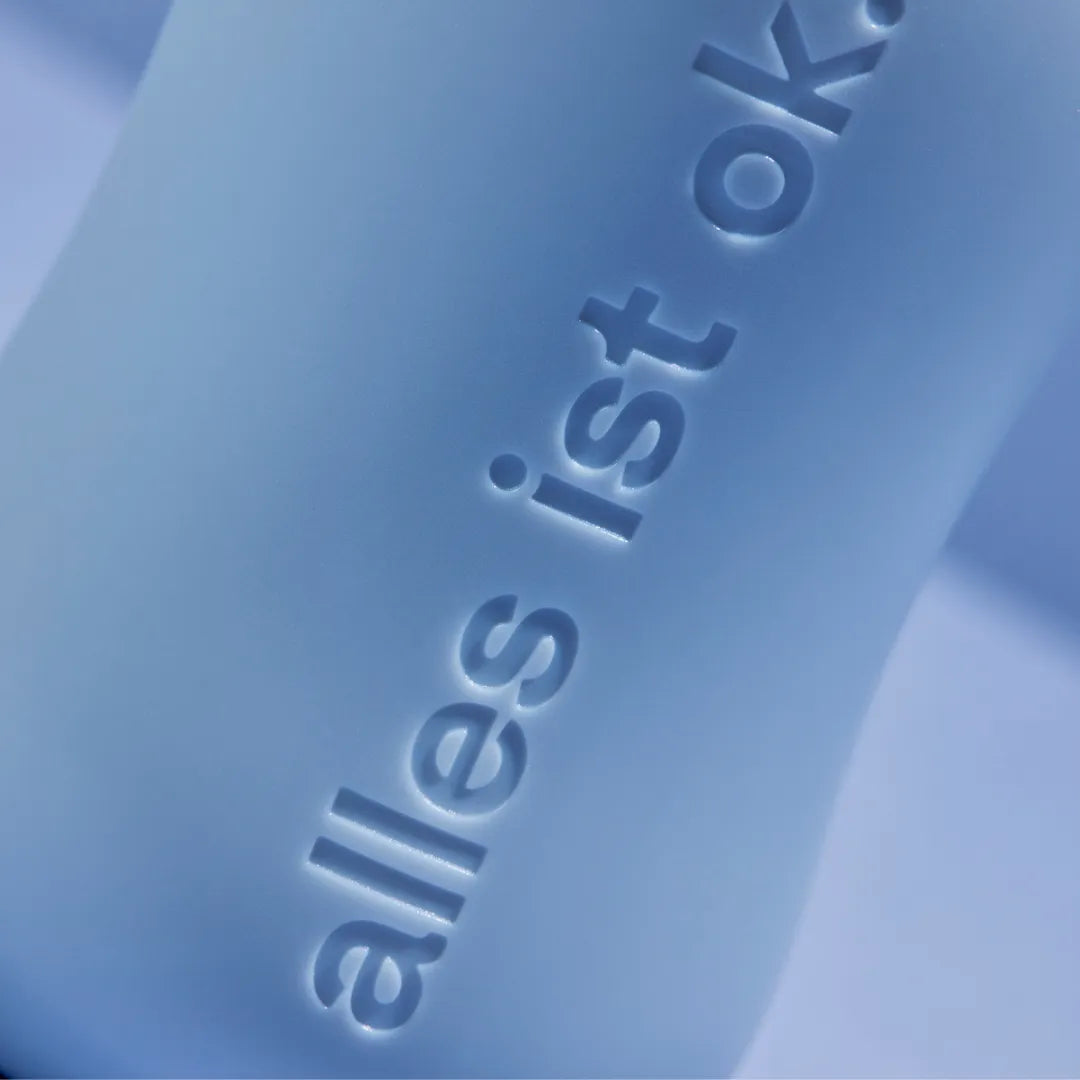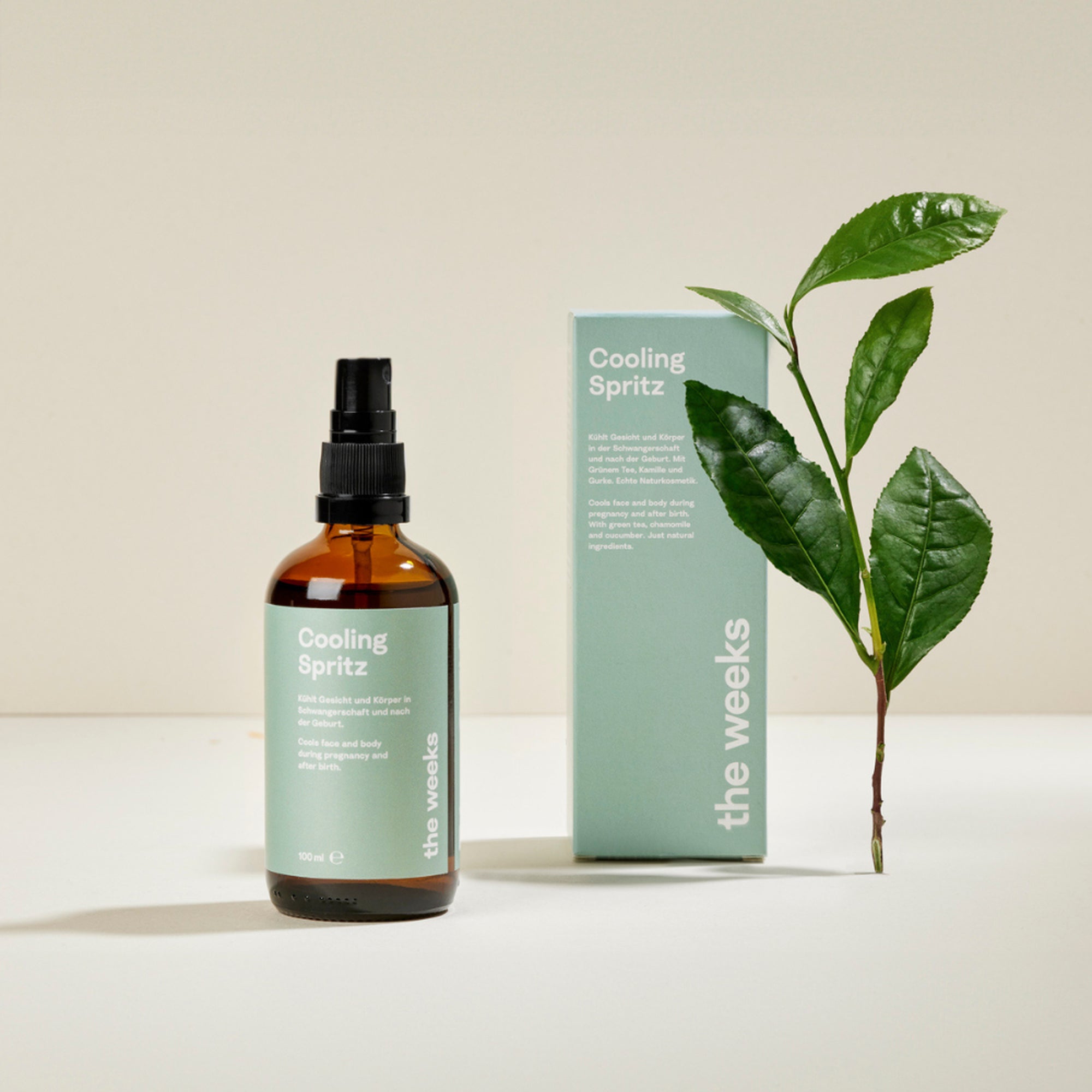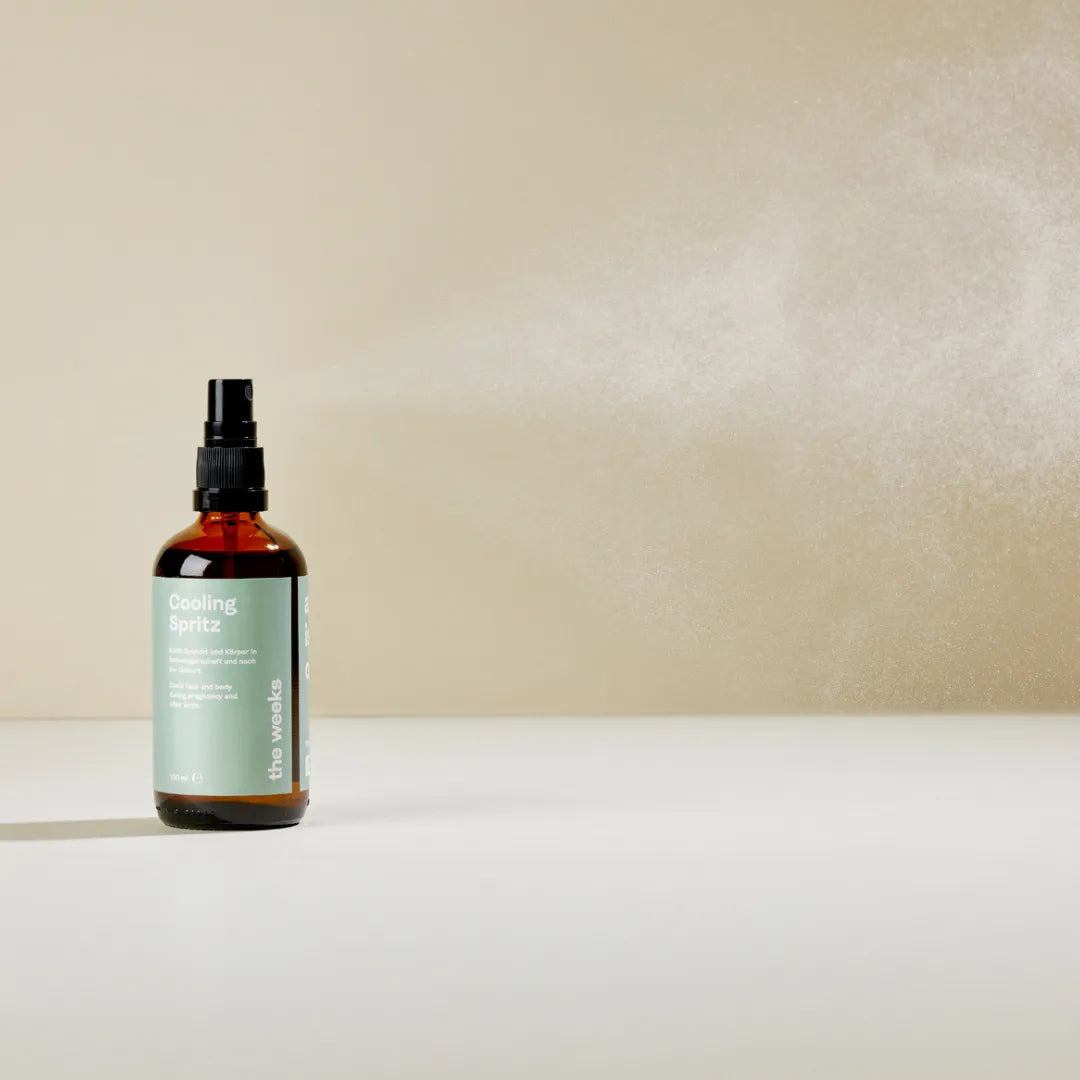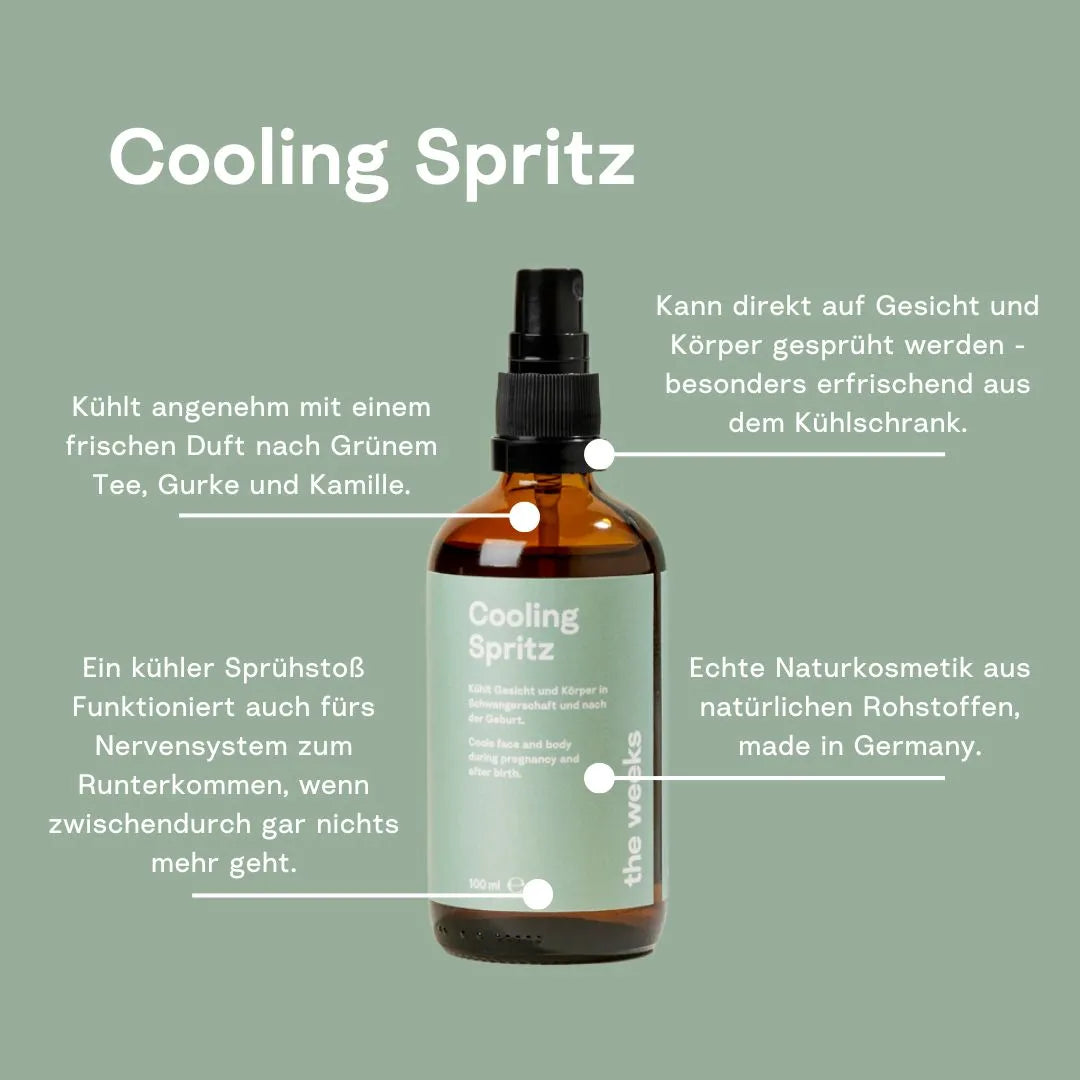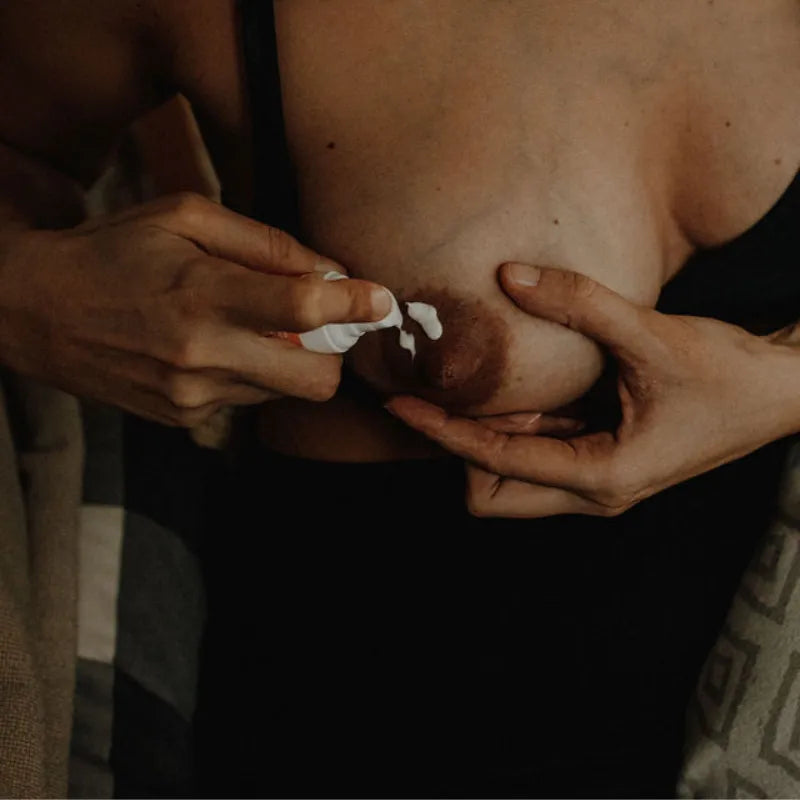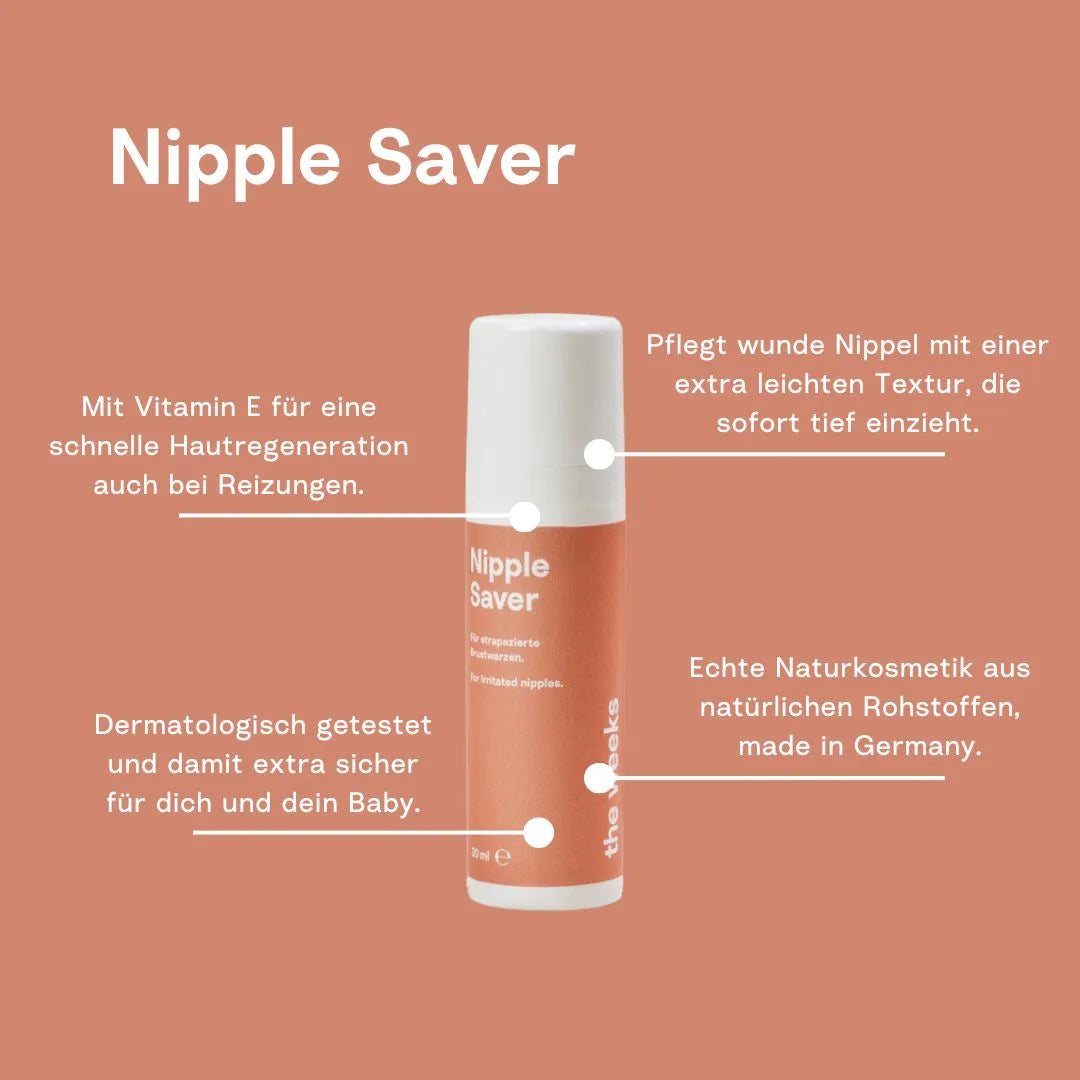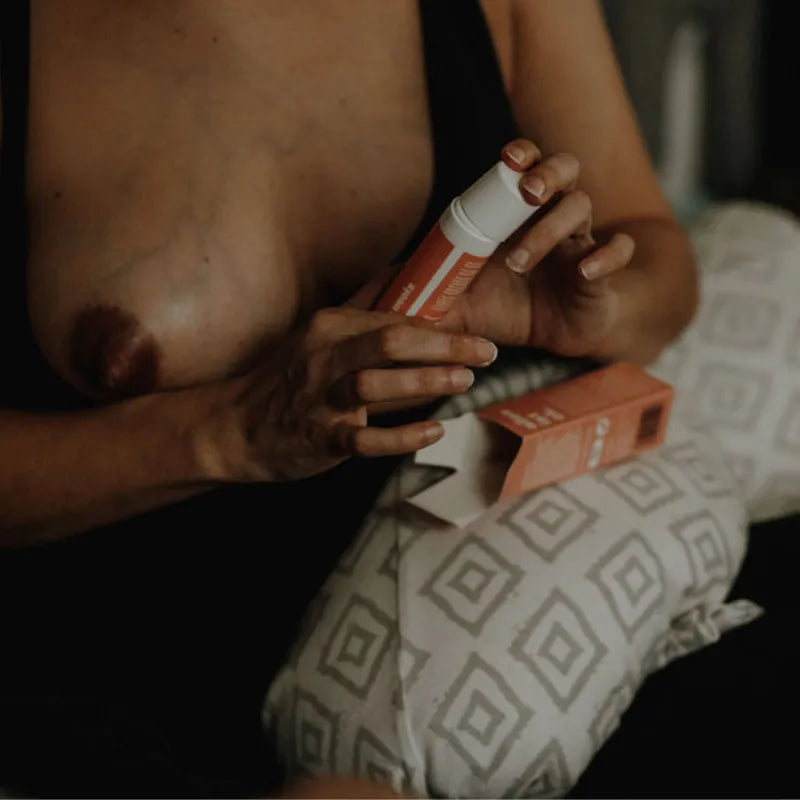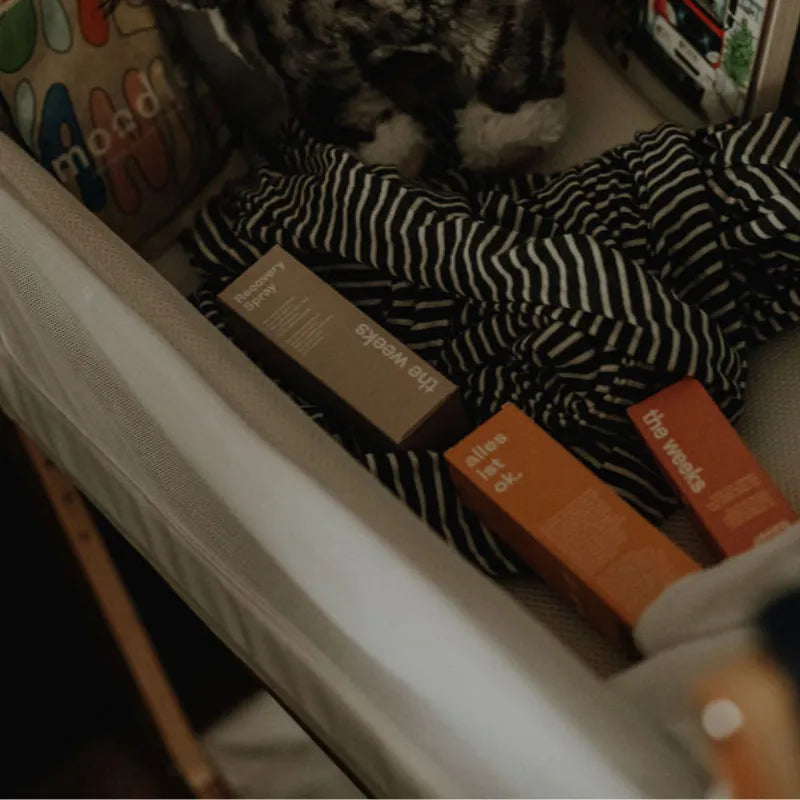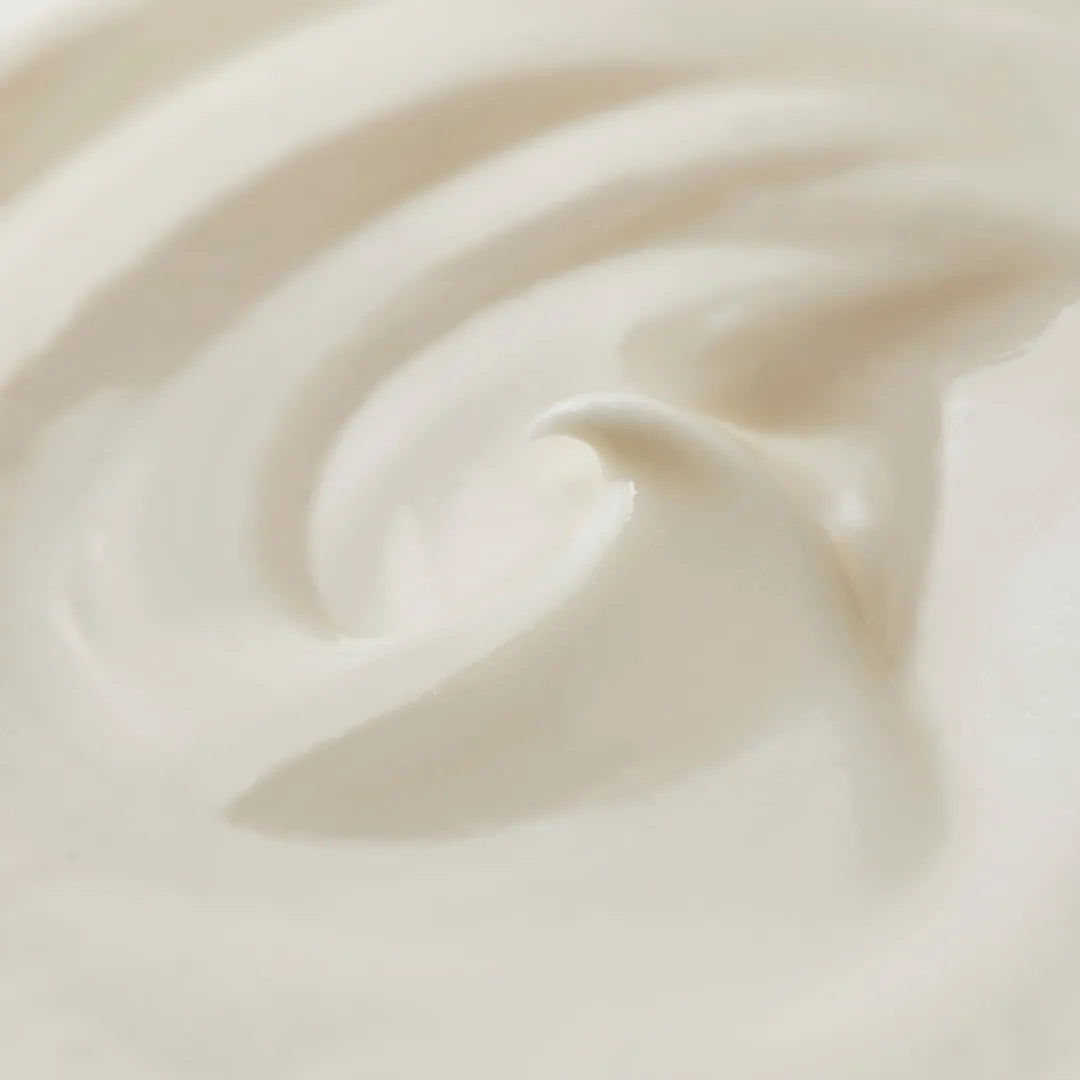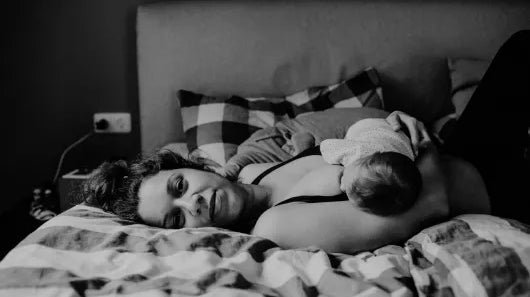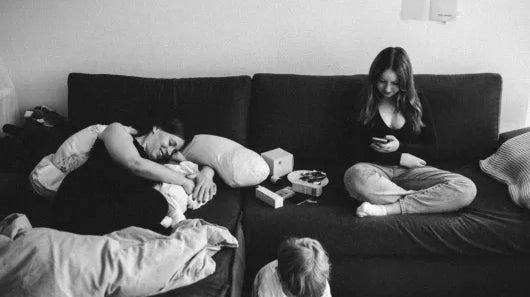Postpartum belly, after-baby body, the big aftermath. We get so many questions about your bodies every day, and it's not just about pregnancy problems and tips for giving birth, but also really often about whether "everything will look like it did before" after pregnancy - and how long that takes on average. We think it's really important to talk about it and to counteract the sometimes almost crazy images on the internet. Because the fact that a body looks like it did before within a few days after 40 weeks of peak performance is not only extremely rare, but also not necessarily desirable. That's why we've thought about some of your most common questions:
1 | Do stretch marks stay forever after giving birth?
Stretch marks that you may have developed during pregnancy will not disappear afterwards. Many women will now say "unfortunately not", but we want to encourage you to look at the silver streaks that remain on your skin neutrally. Of course, you don't have to celebrate them or be proud of them. But we would still like to recommend a relaxed view and the associated "this is what I look like now, period" thought. Because where do the ideas come from that women's bodies should look the same as before after this life-changing time of pregnancy and birth? Isn't that actually totally impossible and only propagated by large (and small) cosmetics manufacturers so that we all buy more and more products? It is well documented that the body ideals of our time have little to do with reality and a lot to do with consumption. And it can also be an important thought when accepting a body that looks different after pregnancy.
But why do stretch marks stay forever? Stretch marks are tears in the connective tissue that occur when the skin and subcutaneous tissue have to stretch very quickly - for example, when you grow quickly or gain weight (as is often the case during puberty) or when your body changes as rapidly as it does during pregnancy. The tears are permanent injuries that do not go away - and cannot be prevented with lots of oils and creams, as many studies have shown quite impressively. Whether or not you get stretch marks depends primarily on your genetics and the specific growth of your child. After birth, the stripes, which often shimmer red, blue or green due to the high pressure towards the end of the pregnancy, often become lighter and sometimes even get a silvery glow.
2 | Does a natural birth cause a vagina to become loose?
A persistent myth about spontaneous vaginal births has continued to this day: it wears out. It gets wider. It is no longer tight enough for penetrative sex. And we say: NO. Your vagina is a hollow organ and really has an extraordinary structure: it can expand and dilate by around ten times during birth with relatively little problem. After birth, the organ contracts again and usually returns to its original size within a few days. Just six weeks after birth, the vagina of a woman who has given birth spontaneously is practically no different from the vagina of a young woman who has not yet experienced a vaginal birth.
What is particularly important here is that it is not just the length and width of the vagina itself that is relevant for your vaginal sensation. The multi-layered pelvic floor muscles also play a really important role. Postnatal exercises are therefore not only relevant for your continence, but also for your vaginal sensitivity and your sensation during sex.
3 | Should I breastfeed for longer so that I can lose my pregnancy weight as quickly as possible?
Simple question, complex answer. Fundamentally, it is important to us to say: you don't HAVE to lose any pregnancy weight at all. A lot of excess weight from pregnancy goes away on its own anyway (water retention, amniotic fluid, the weight of your uterus, etc.). But even the remaining kilos can definitely stay and do so for many women. And that really should be much more OK than is currently socially accepted: bodies are different and change over the course of life. And they really shouldn't have to conform to absurd ideals.
And what does all this have to do with breastfeeding? People who breastfeed burn significantly more calories than people who don't breastfeed, and these are mainly used to produce milk. But that doesn't mean that all mothers who breastfeed automatically lose weight. And your decision to breastfeed should not be based on your body weight, but on your and your child's need to continue breastfeeding. Or not.
We know that it can be a real challenge to accept a body that has changed after pregnancy - especially when the environment and larger social contexts currently suggest that a woman's body looks better again quickly after giving birth. That's why we're sending you all a big <3 and lots of patience with yourselves.
4| Does breastfeeding cause sagging breasts?Yes, maybe. But not forever. Breastfeeding is high-tech and your body really works at its best to provide your child with milk. Your breasts are already changing during pregnancy: the glandular tissue grows and thickens, the breasts become larger. At the same time, the fatty tissue that previously made up a large part of your breasts becomes significantly smaller, which sometimes changes the firmness and shape of the breasts even during pregnancy.
When your baby is born and you decide to breastfeed, your breasts will begin producing milk (sometimes this happens during pregnancy). During breastfeeding, many women's breasts are firm, sometimes full, sometimes less full. And in the process of weaning, they often become soft and flowy.
The latter is related to the lack of fatty tissue described above. When the milk glands shrink after weaning, it often takes a while for fat to be stored again. Nevertheless, your breasts can of course be different in shape and size from those before pregnancy - just like the rest of your body. This can be hard and certainly cannot be blown away with a "my child makes up for everything" saying. But talking about it, looking at other breasts and questioning your own viewing habits can really help a lot.
5 | And what if we finally stopped constantly comparing ourselves to our pre-pregnancy bodies?
Crazy idea. Right?
We made it pretty clear at the beginning of this text: we are not fans of before and after talks and body shaming. And we really would like every mother on this planet to be able to simply accept her body, which may have changed after giving birth. It is certainly not "easy" because slim is not only the current beauty norm, but is also far too often equated with health, success and beauty.
We would like to remind you that shriveled, heavy, soft, loose, large and very small bodies (and body parts) can be just as beautiful, healthy and strong. Look at other women's bodies in the changing rooms of the world, visit www.allebäuchesindok.de or browse the galleries of photographers who shoot postpartum reports. Perhaps this will help you to look at yourself with less severity and more neutrality and compassion. You deserve it.

